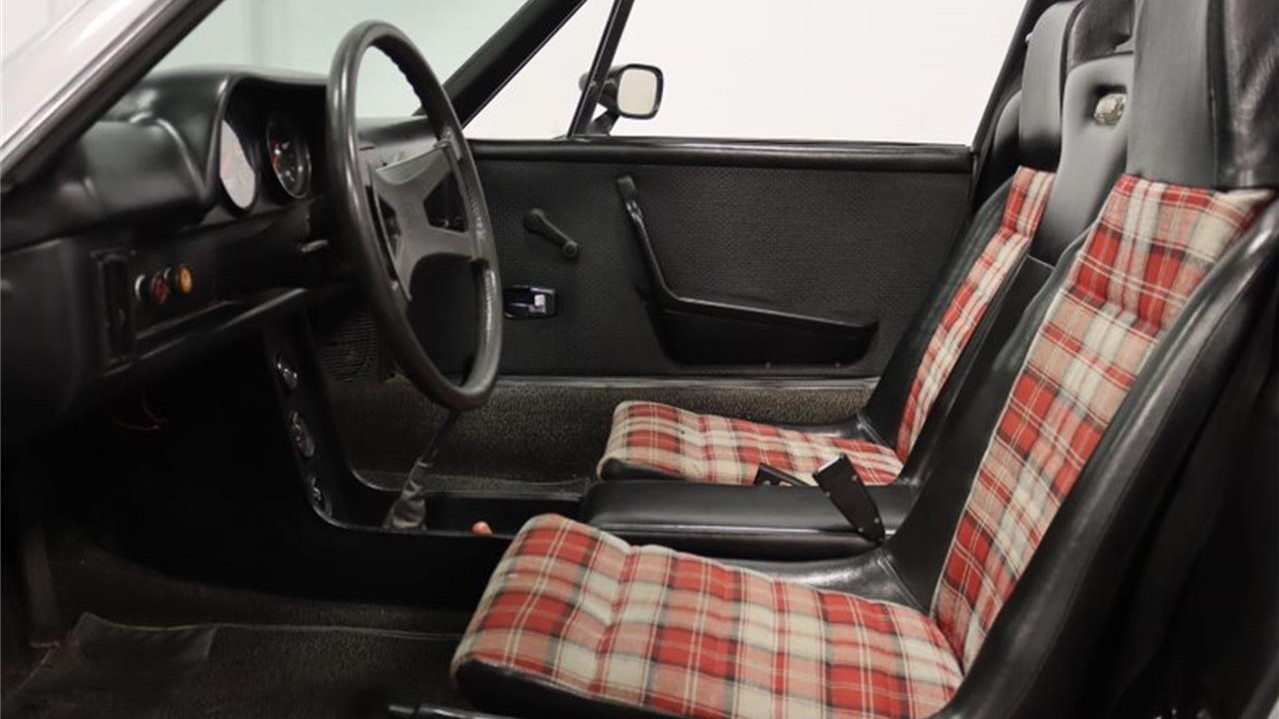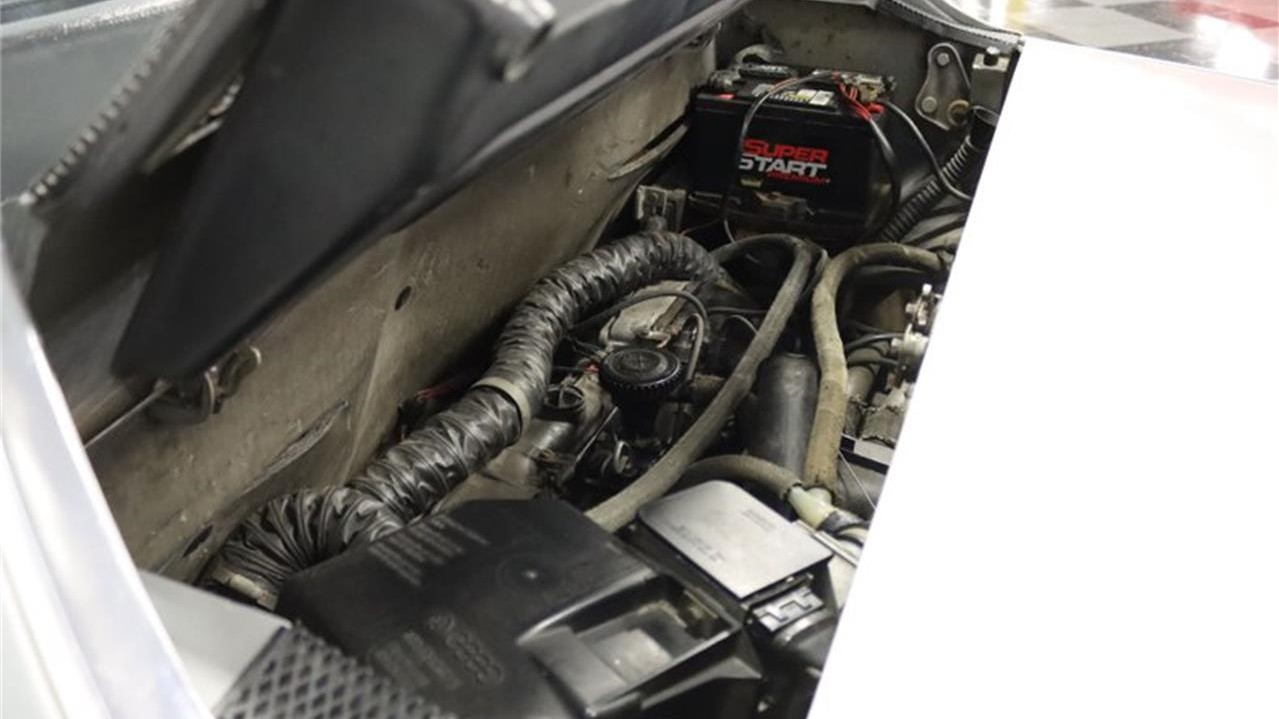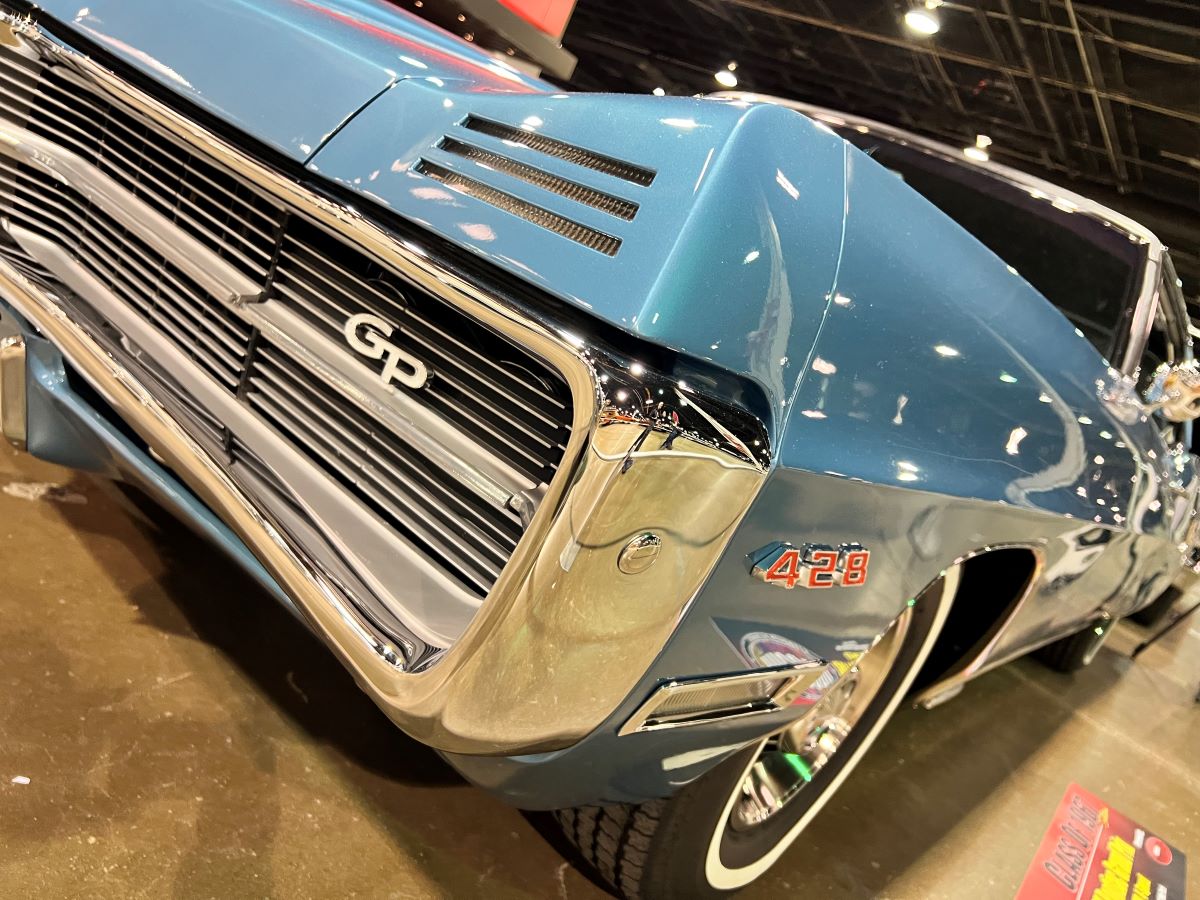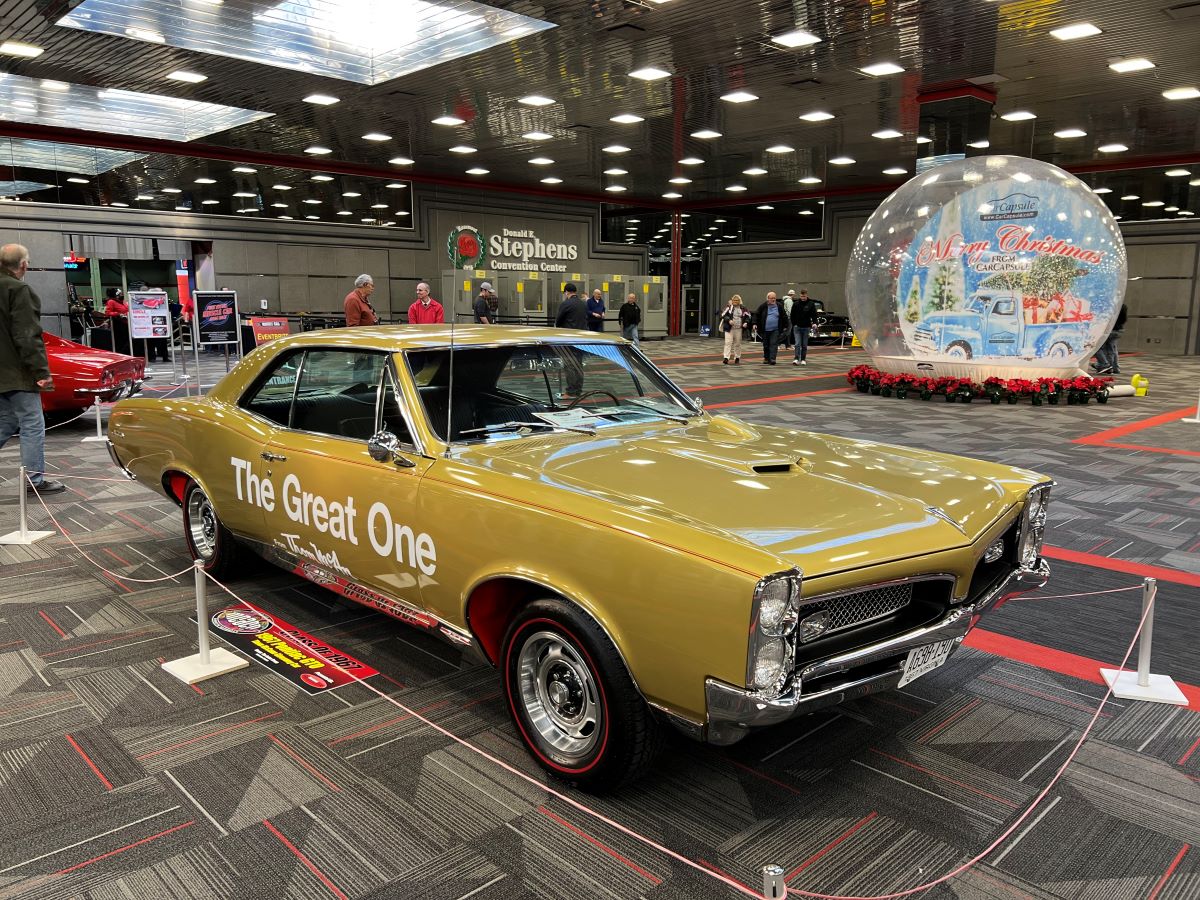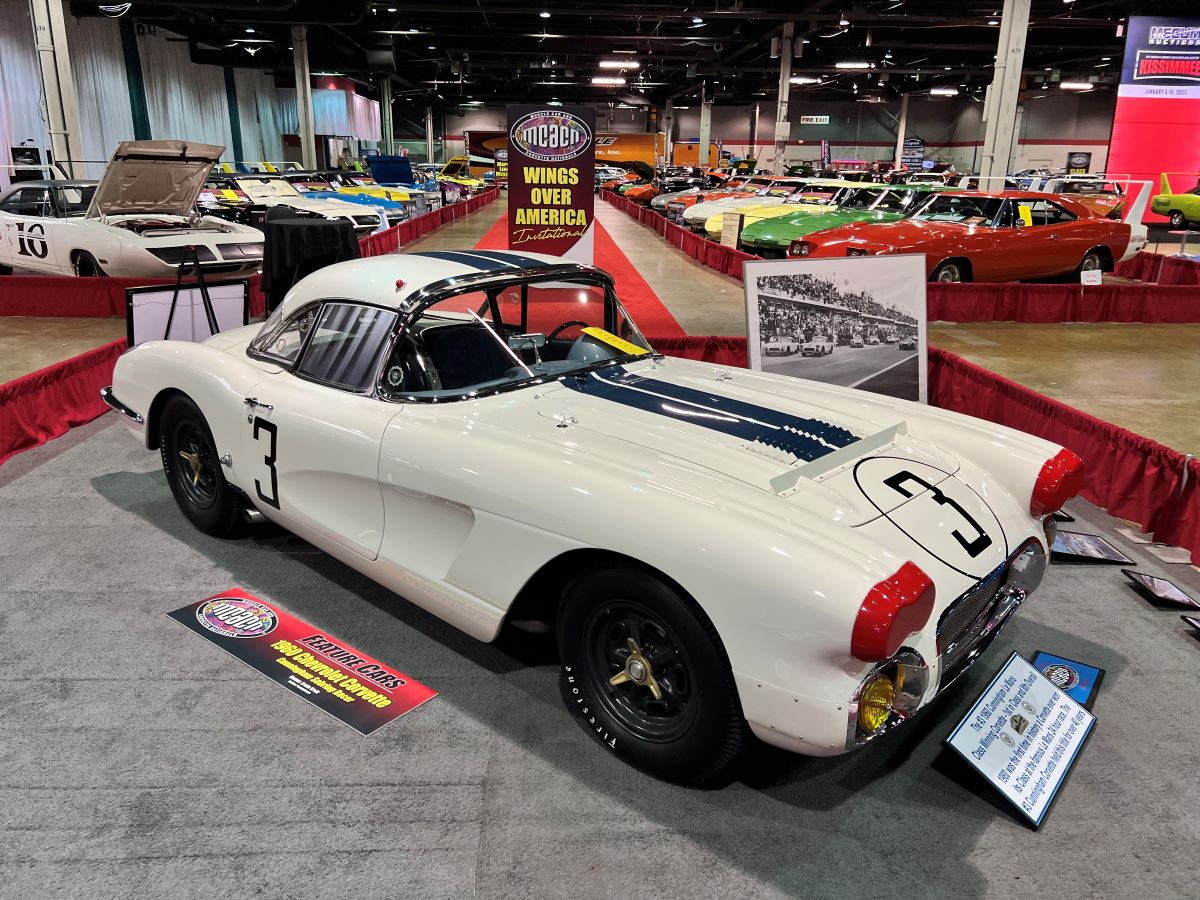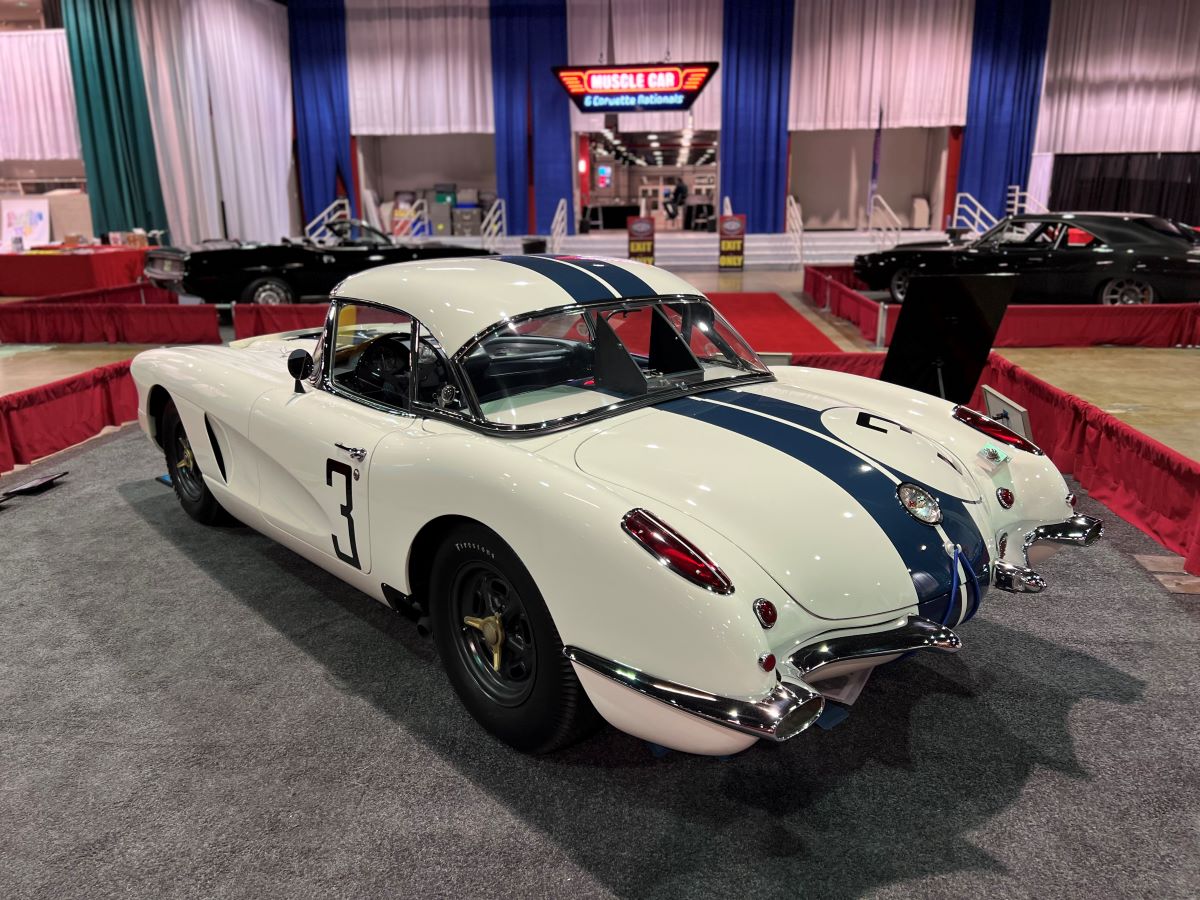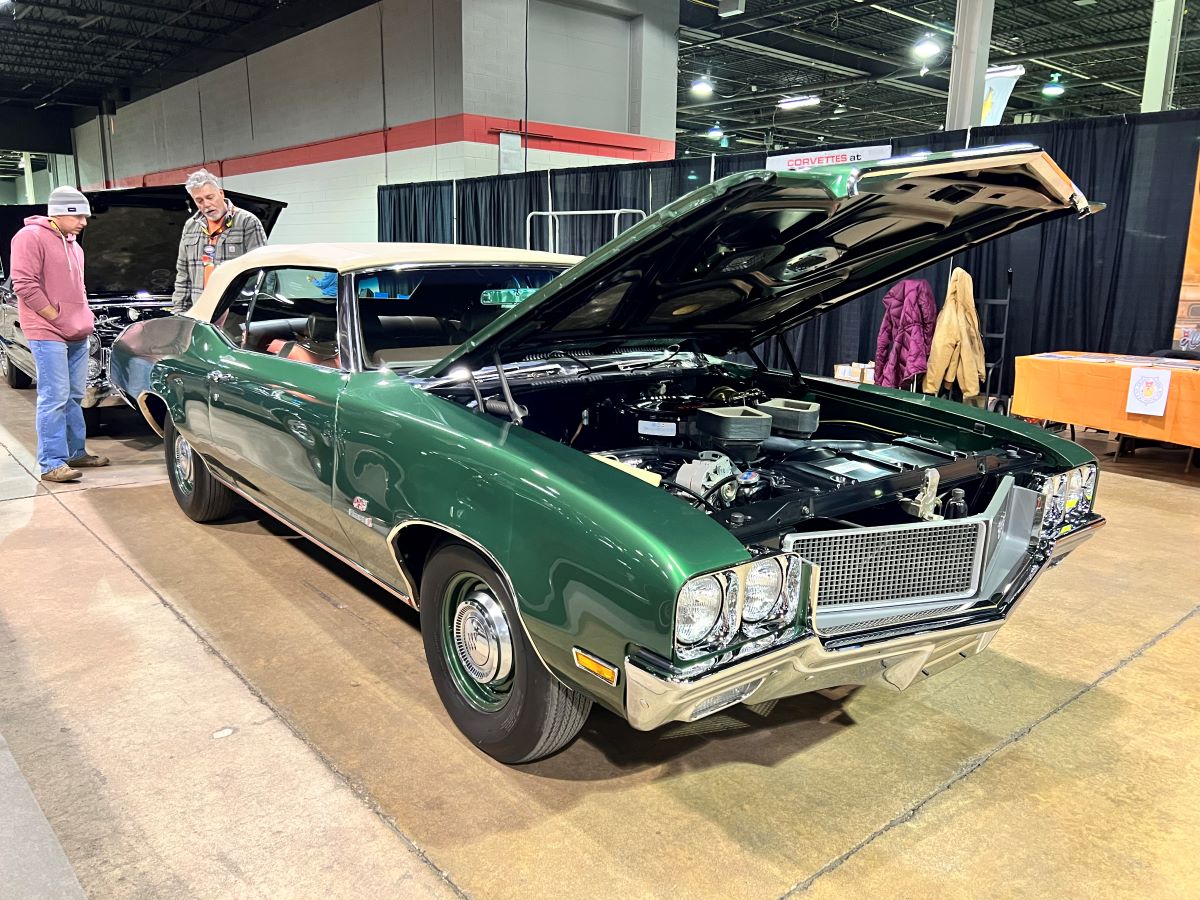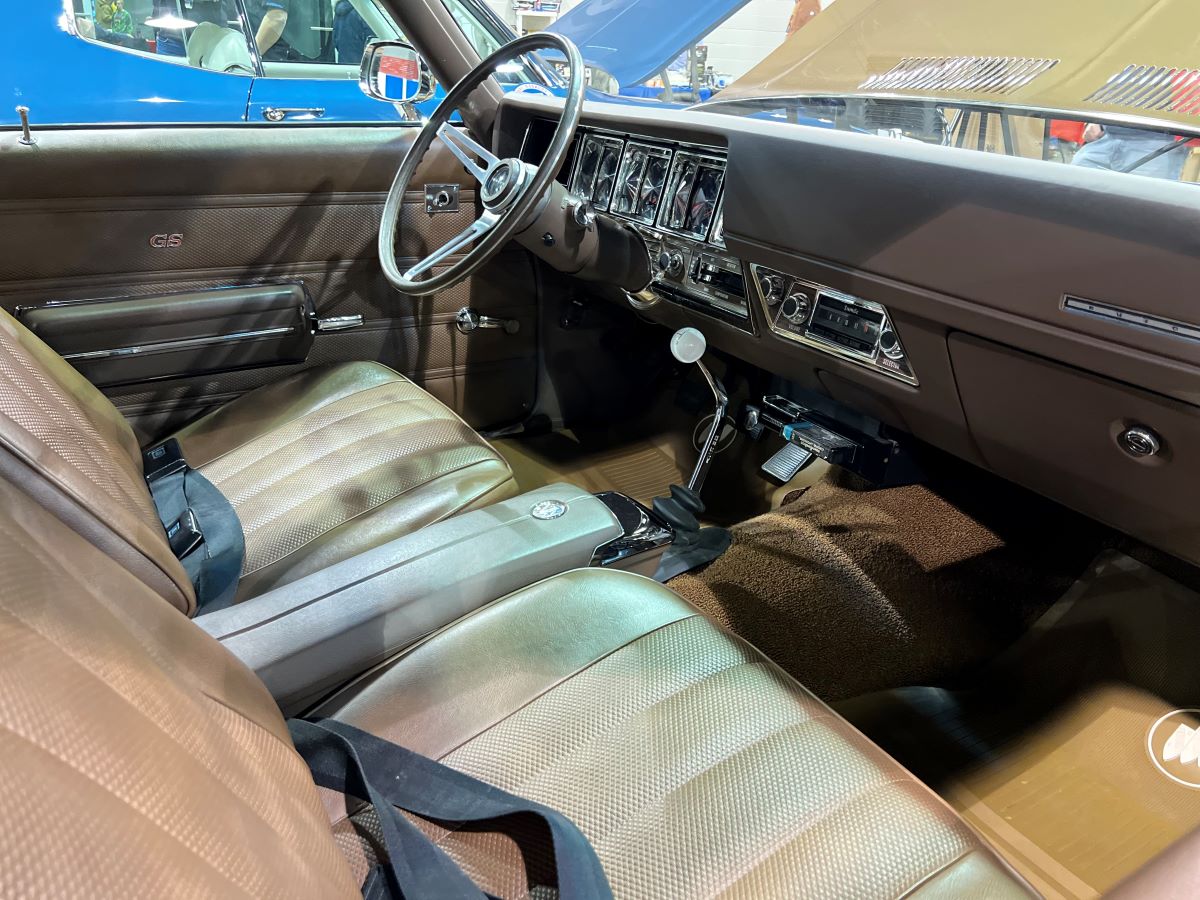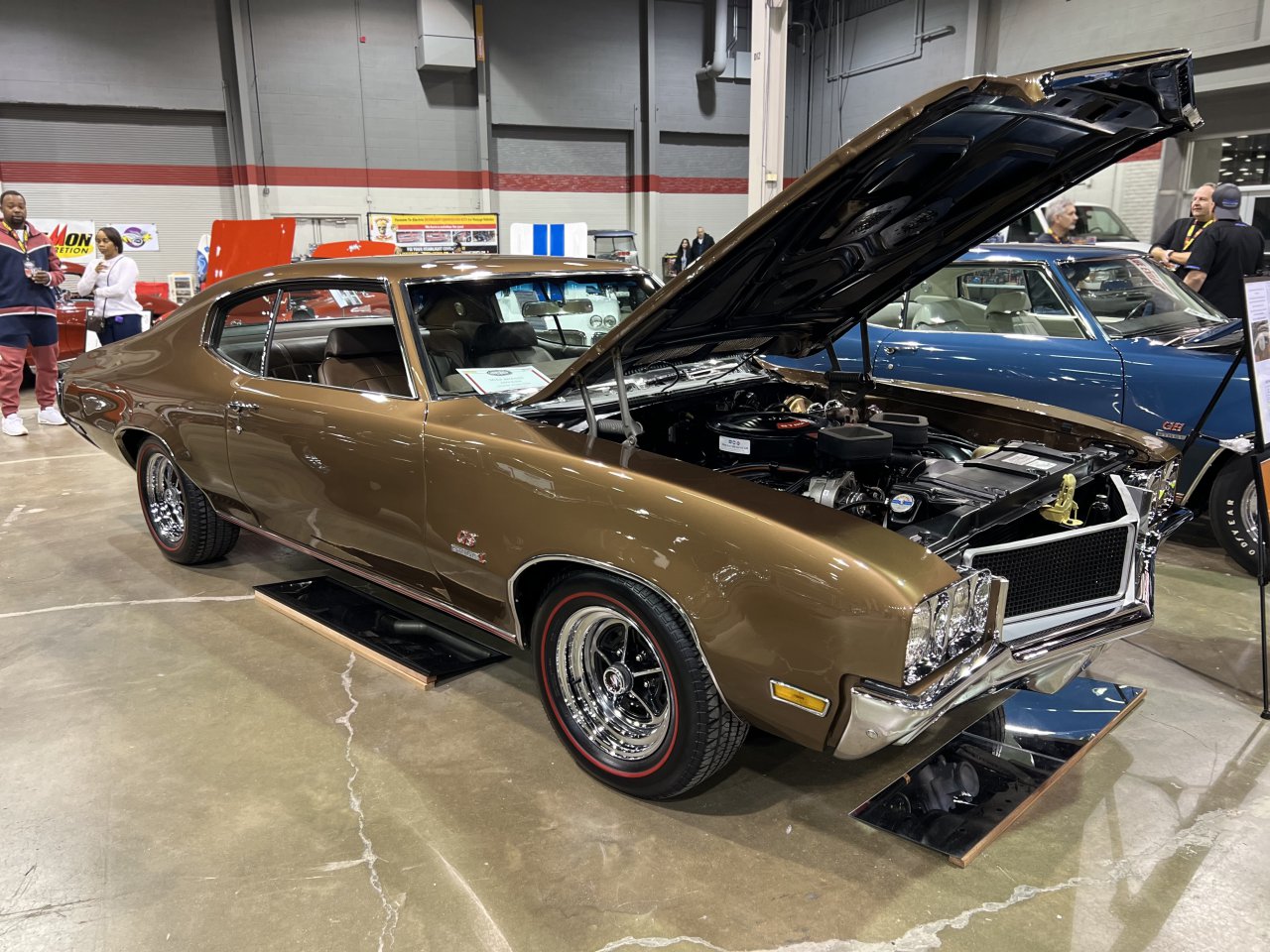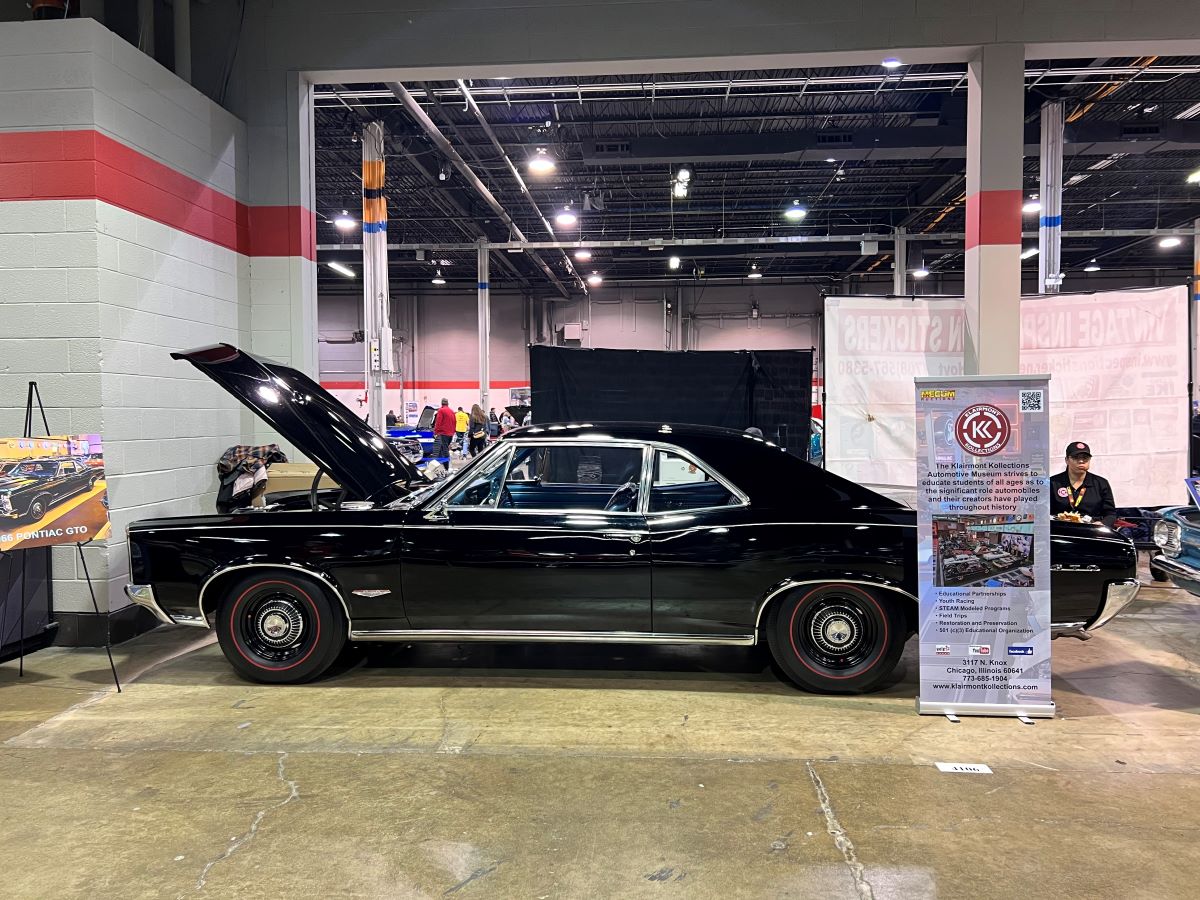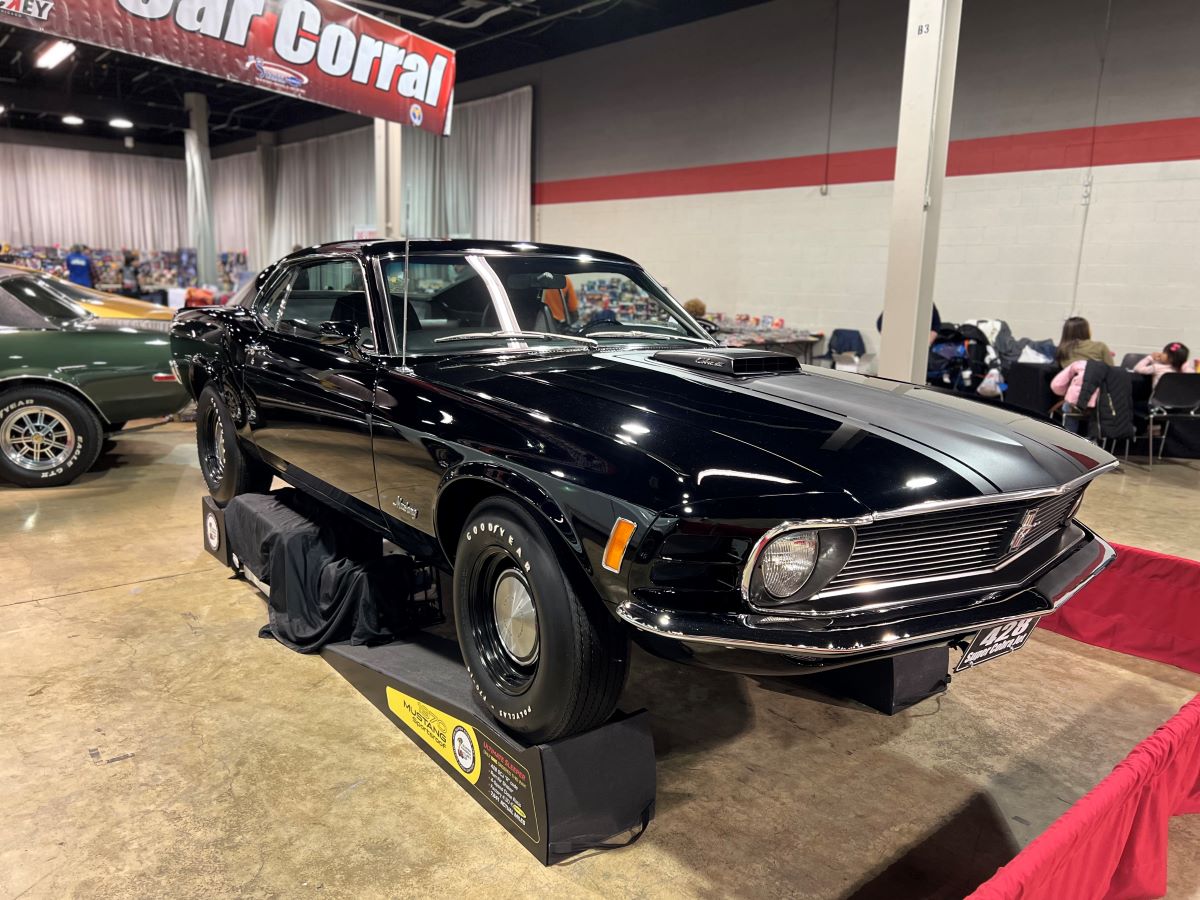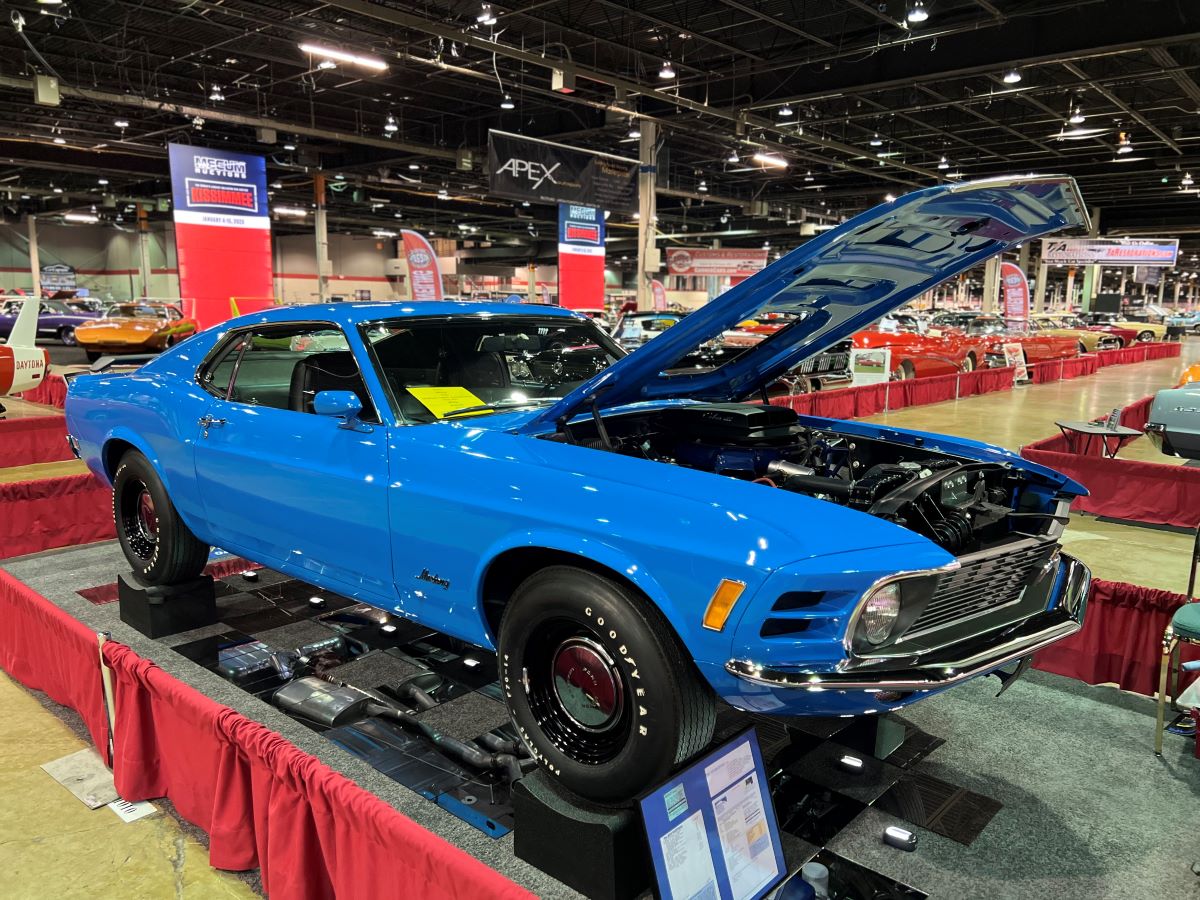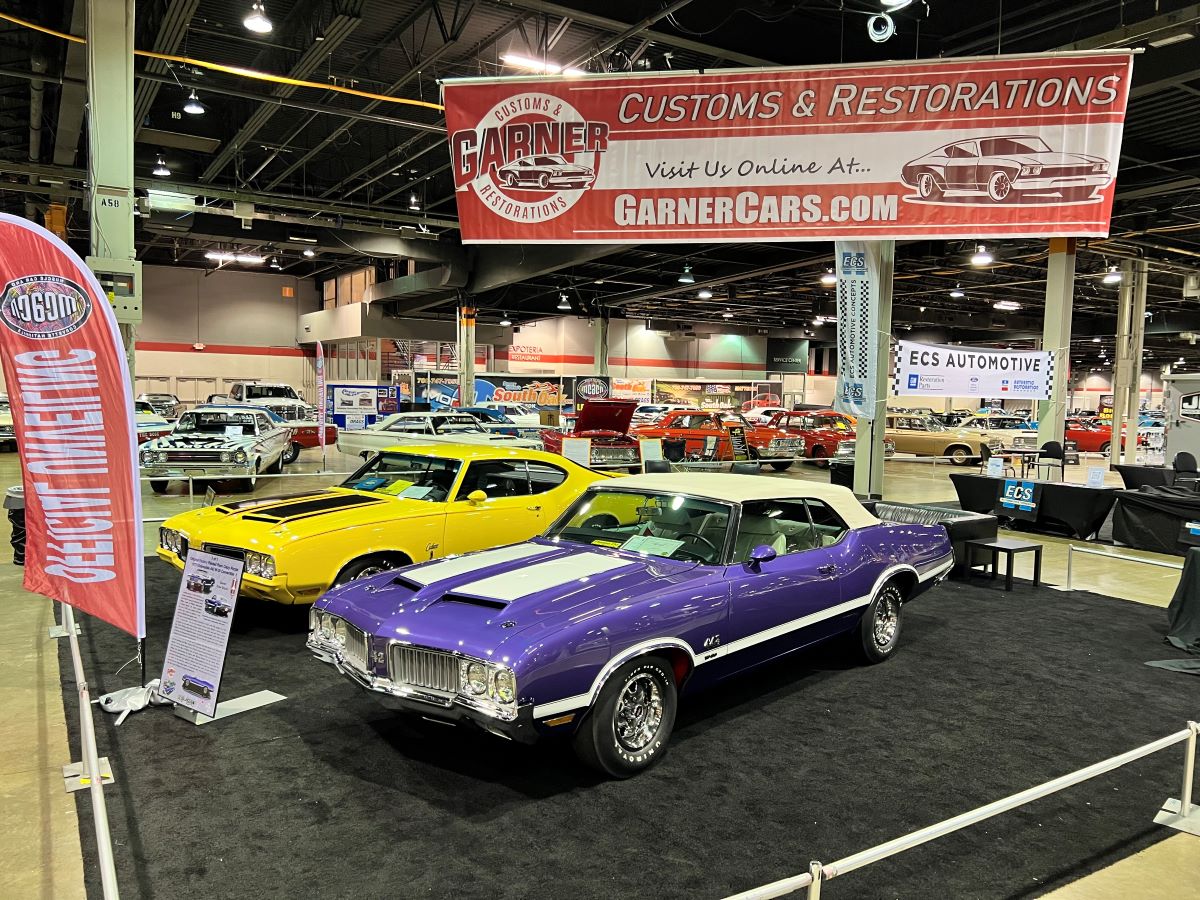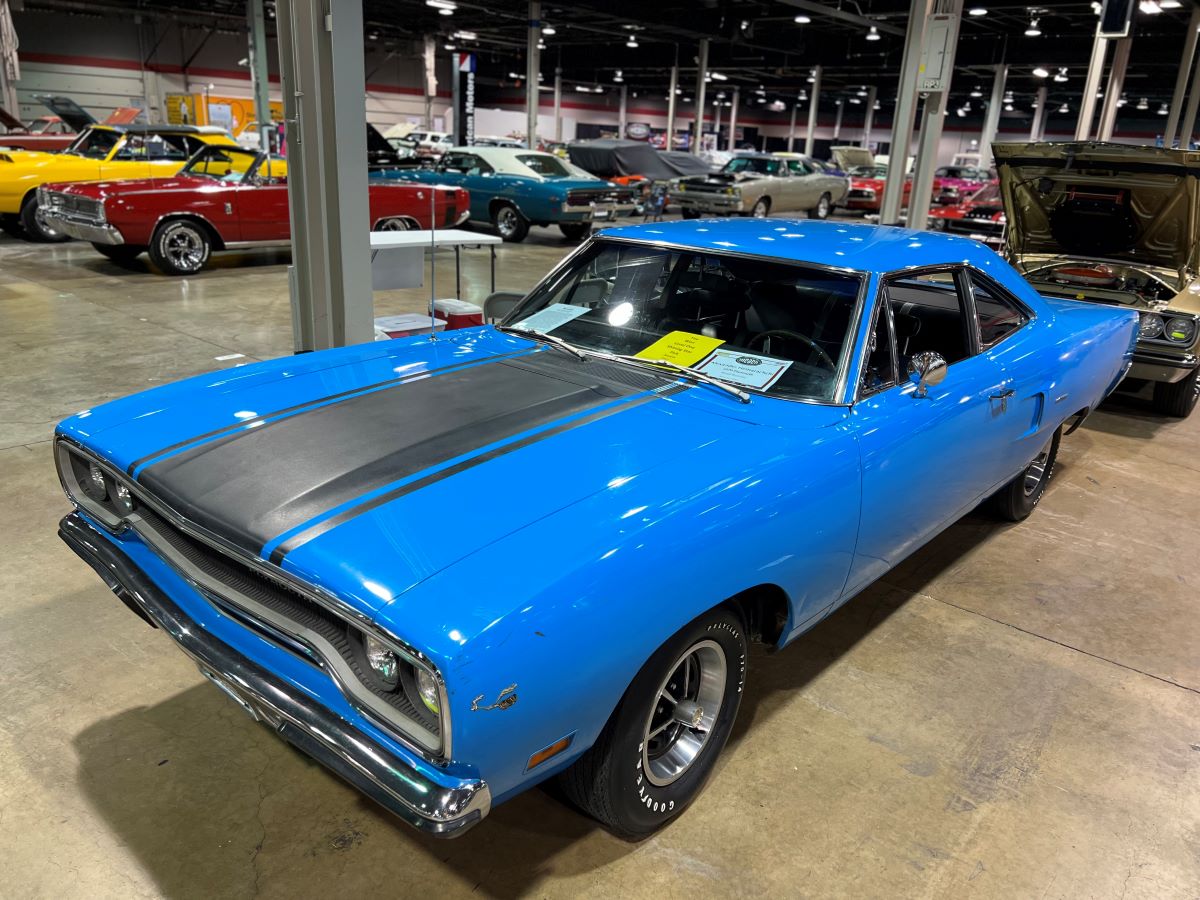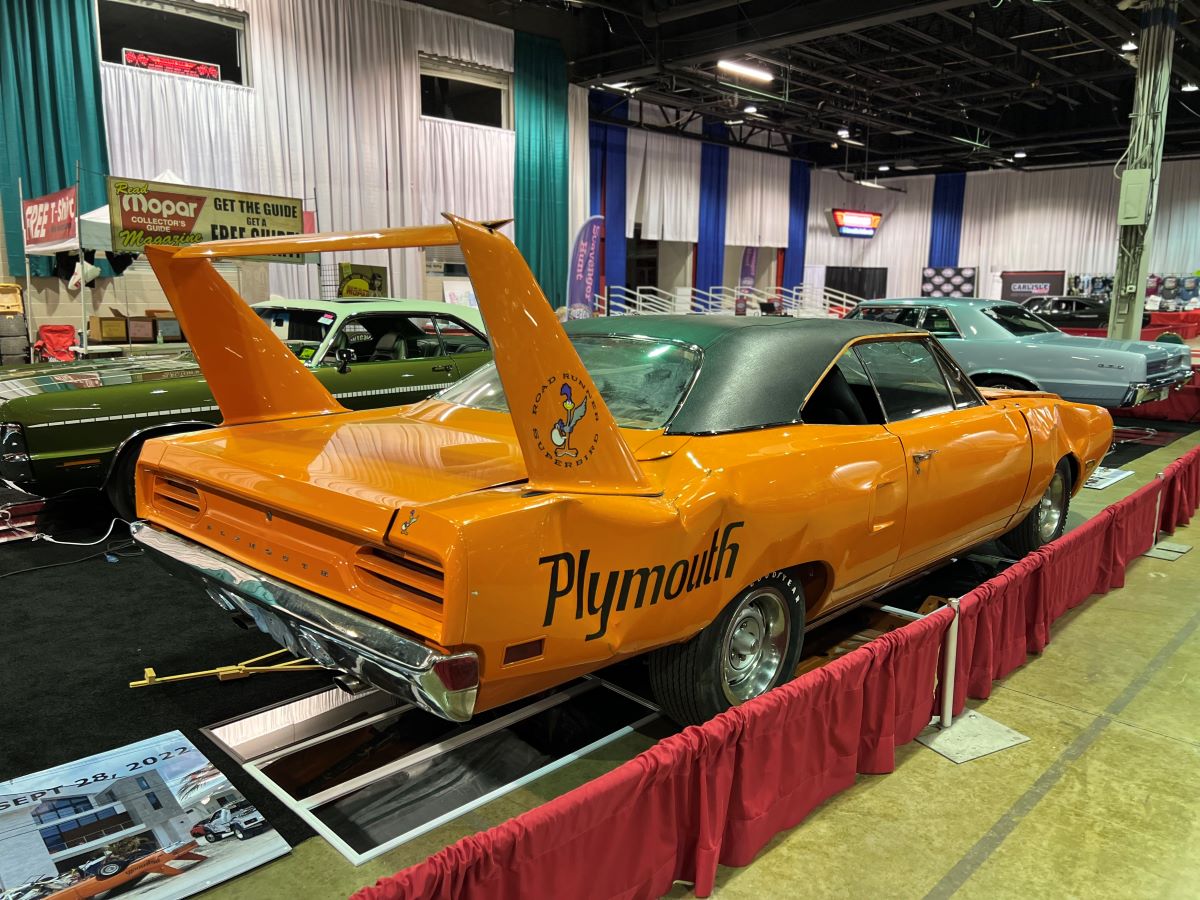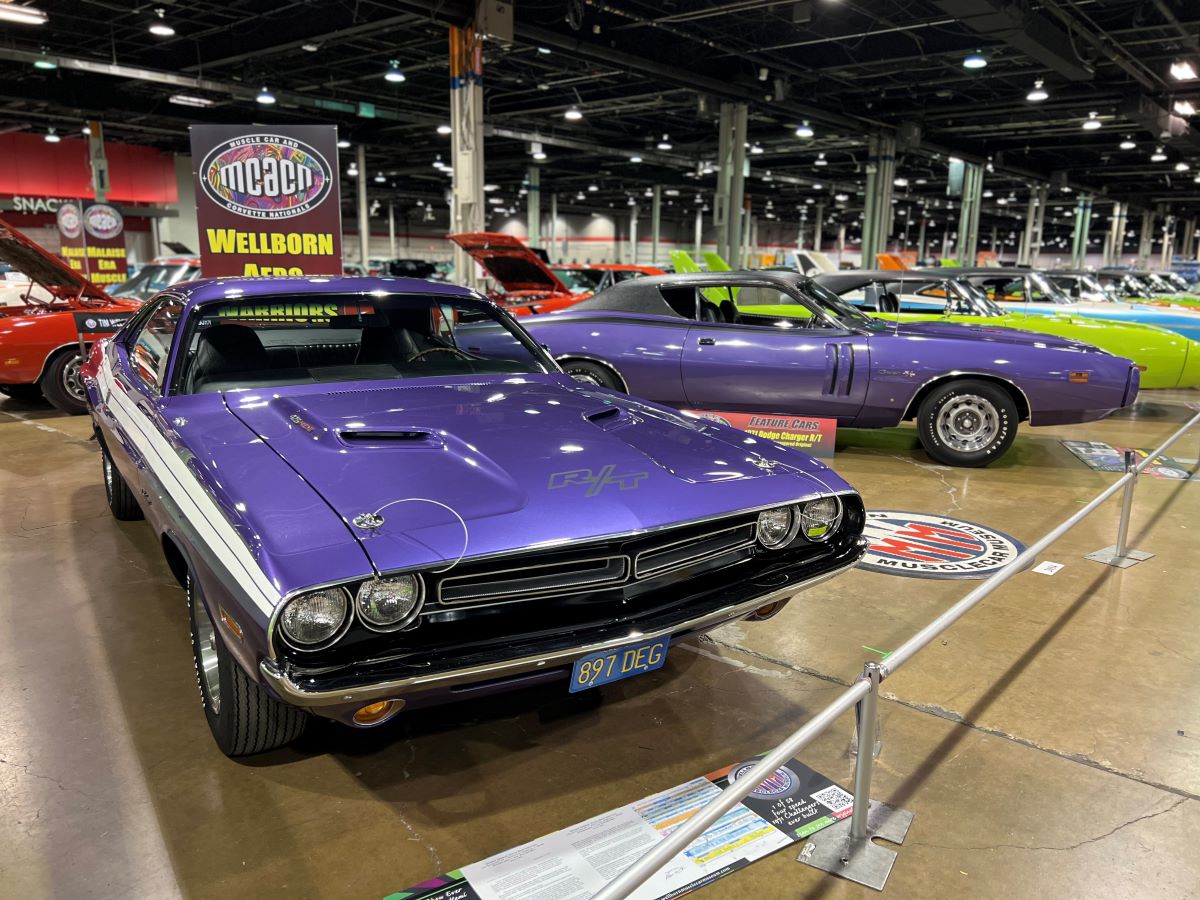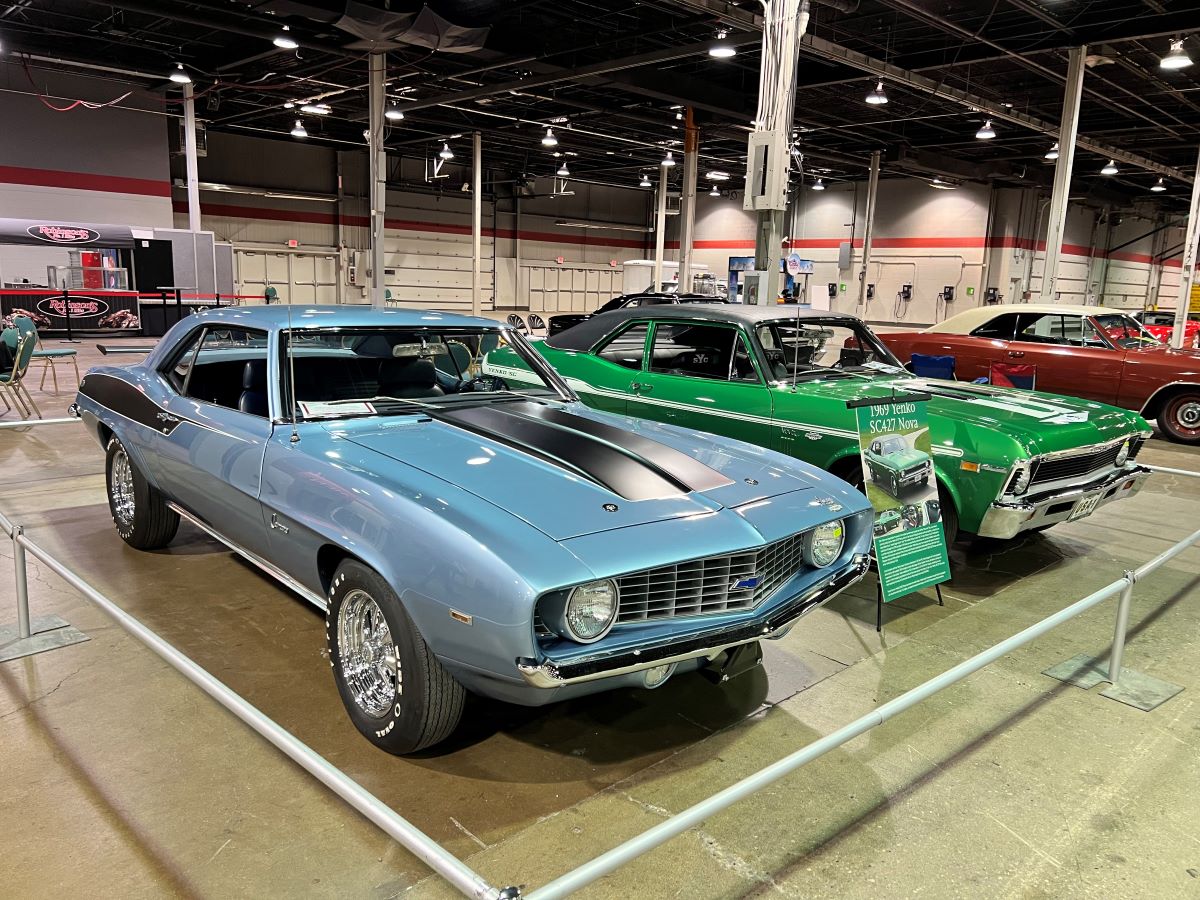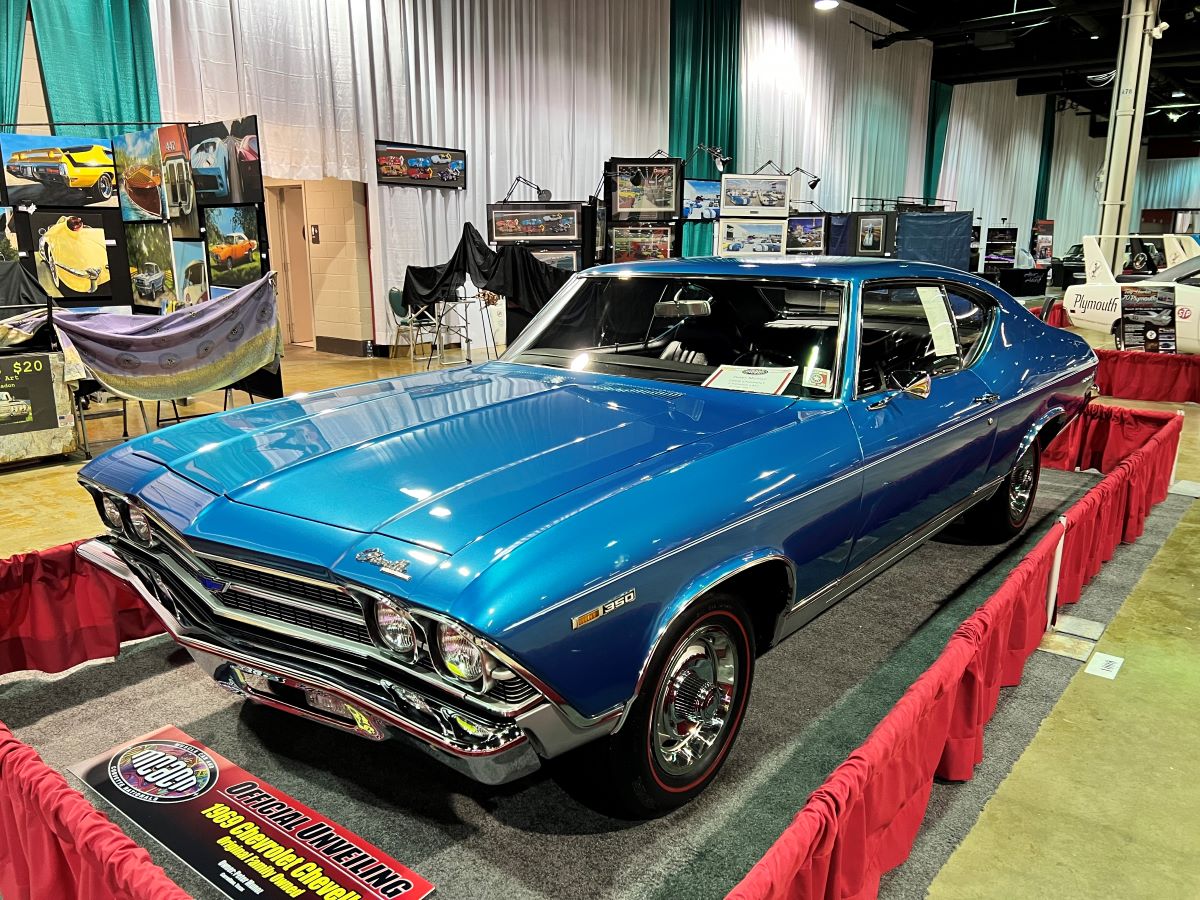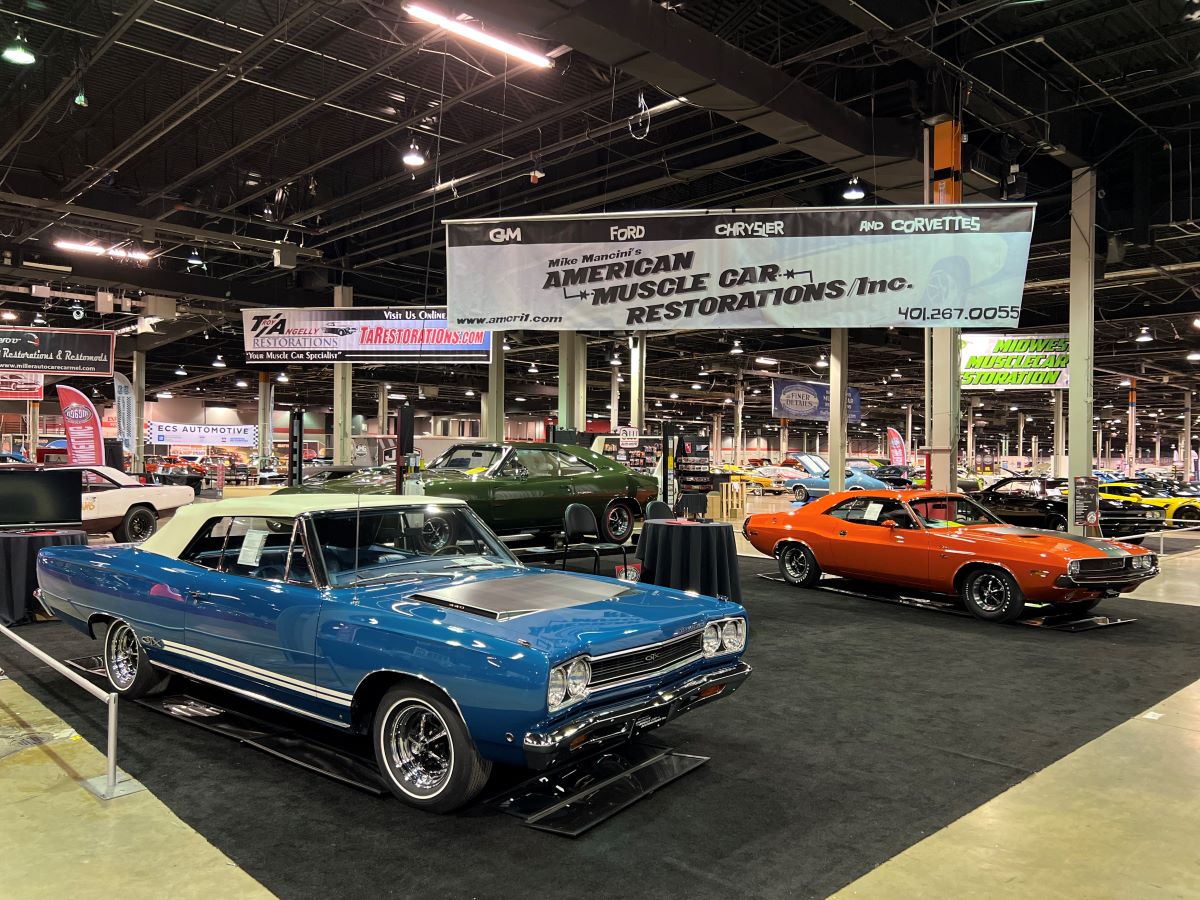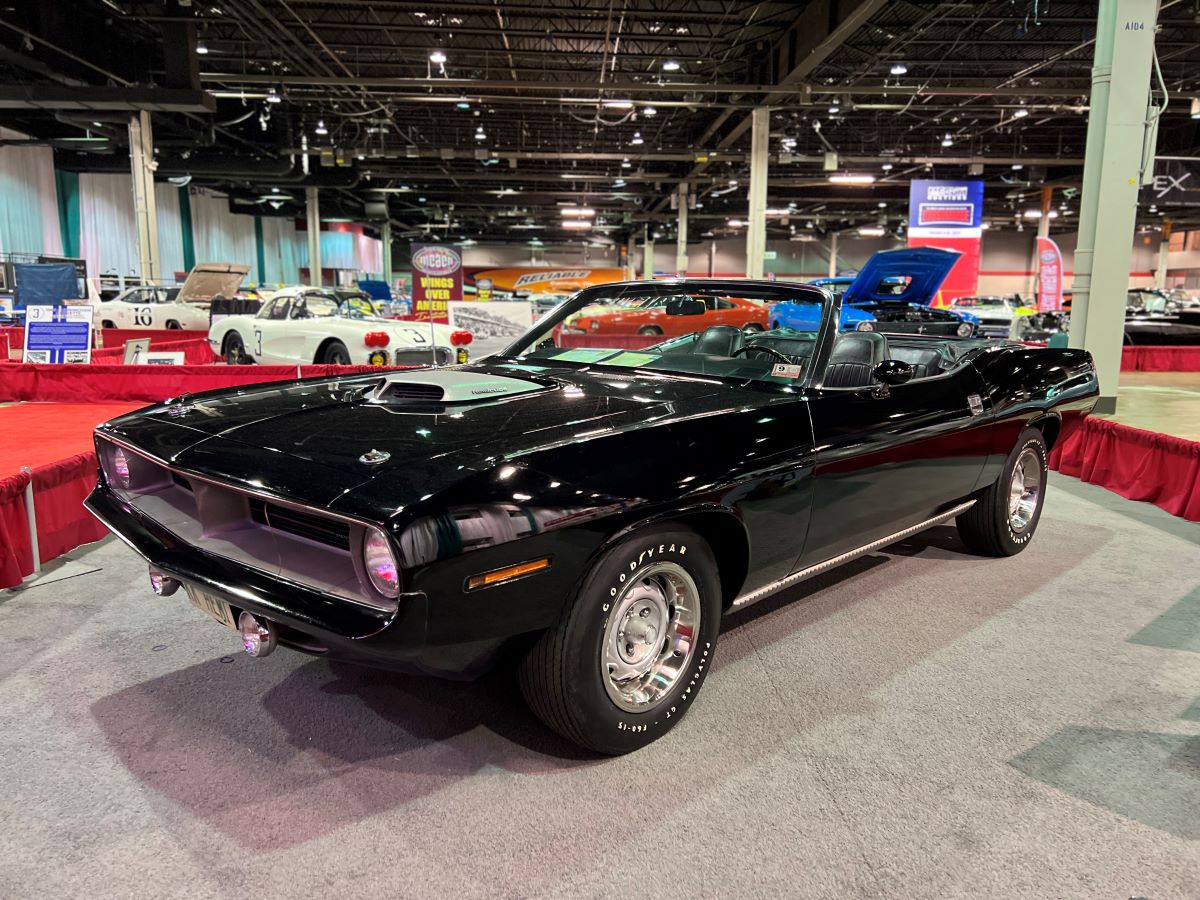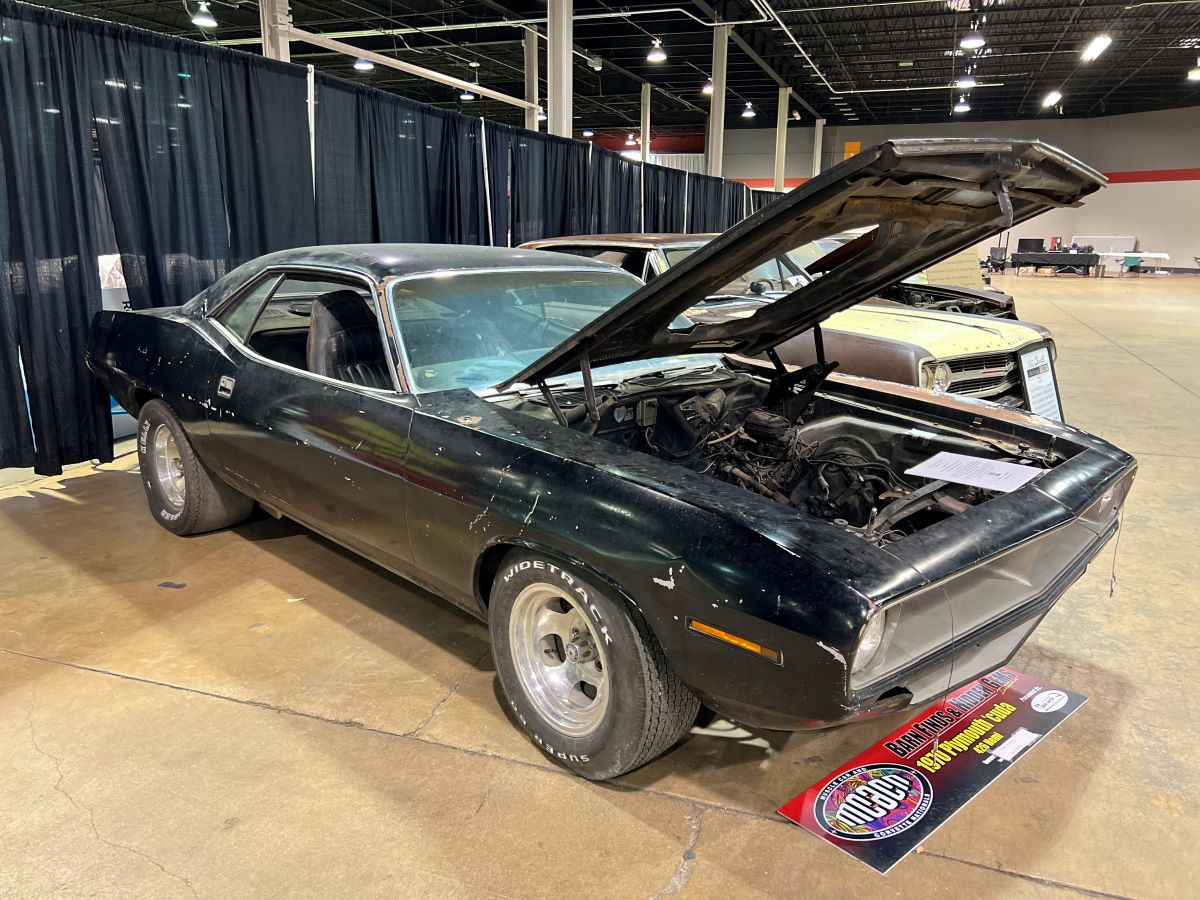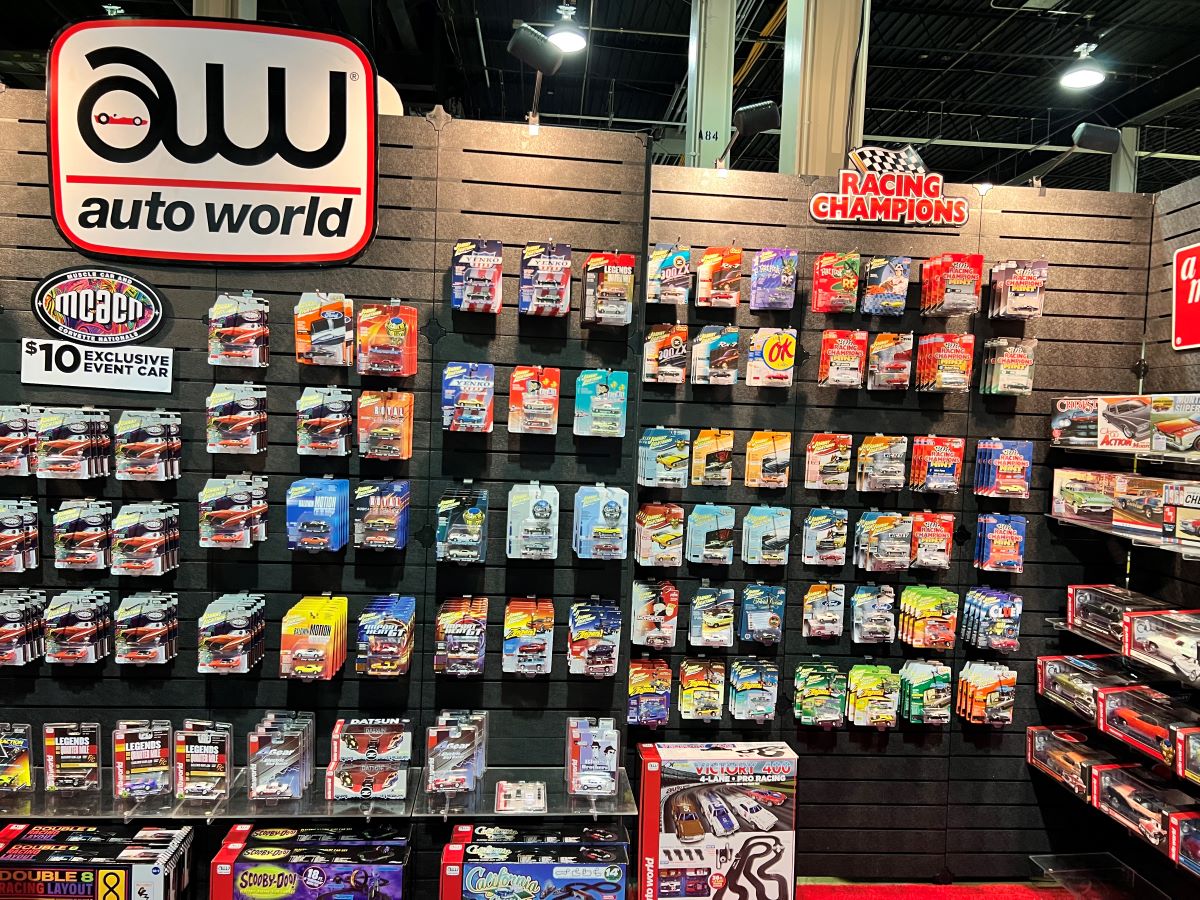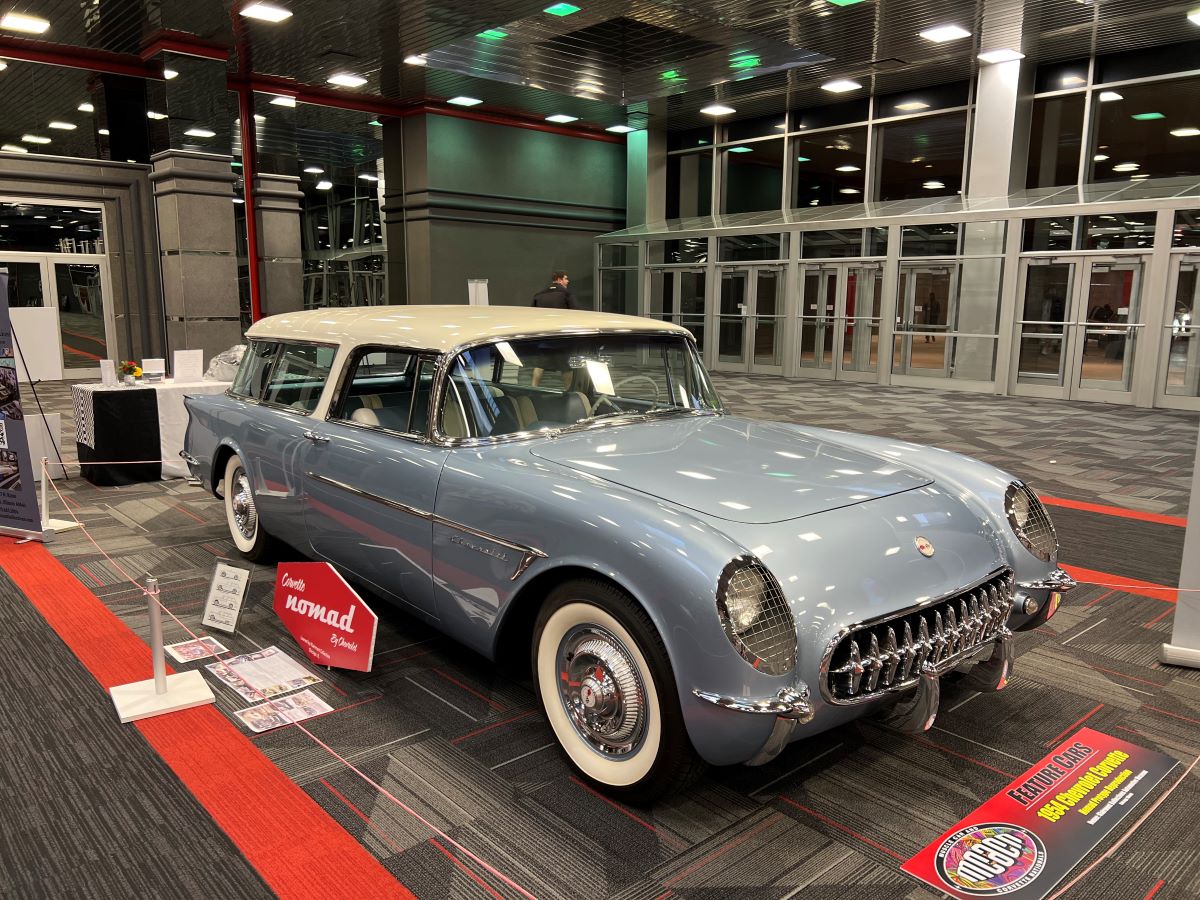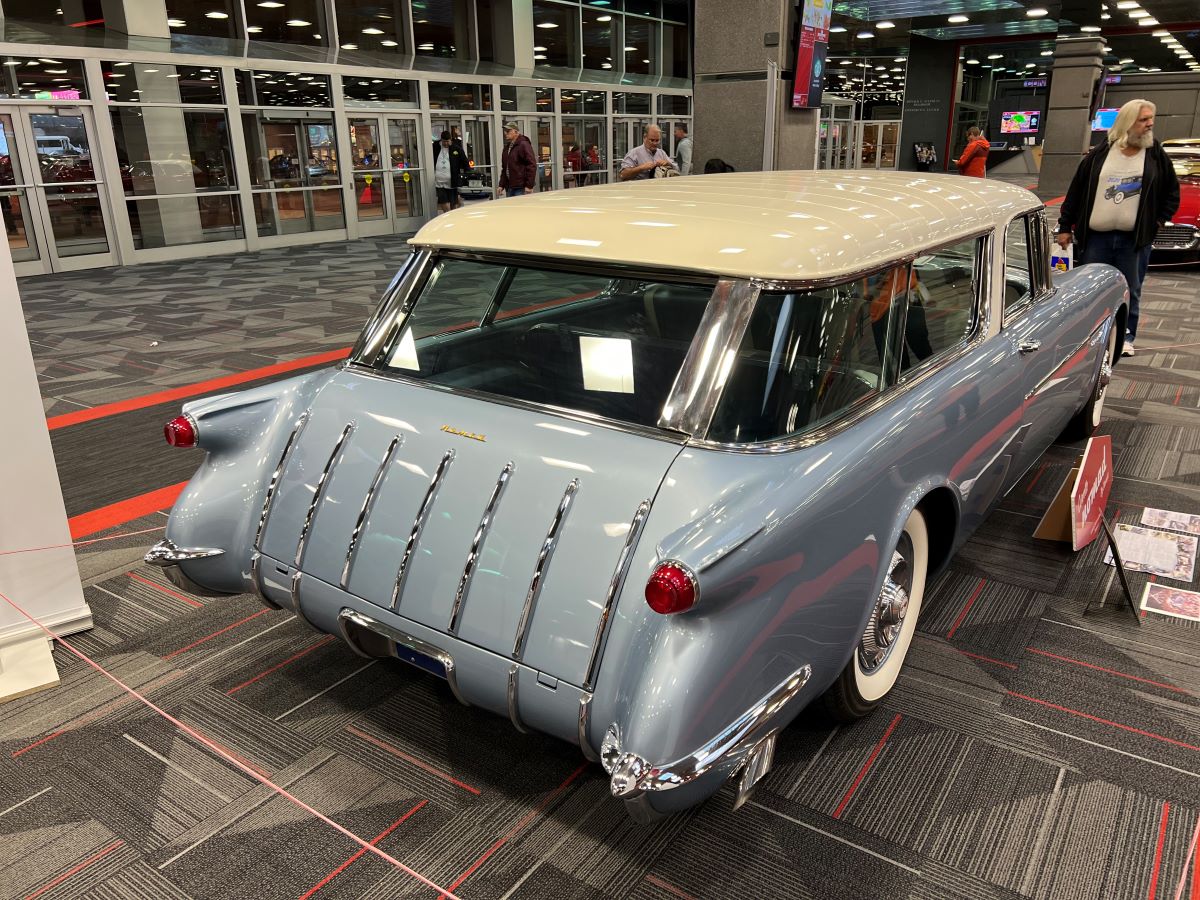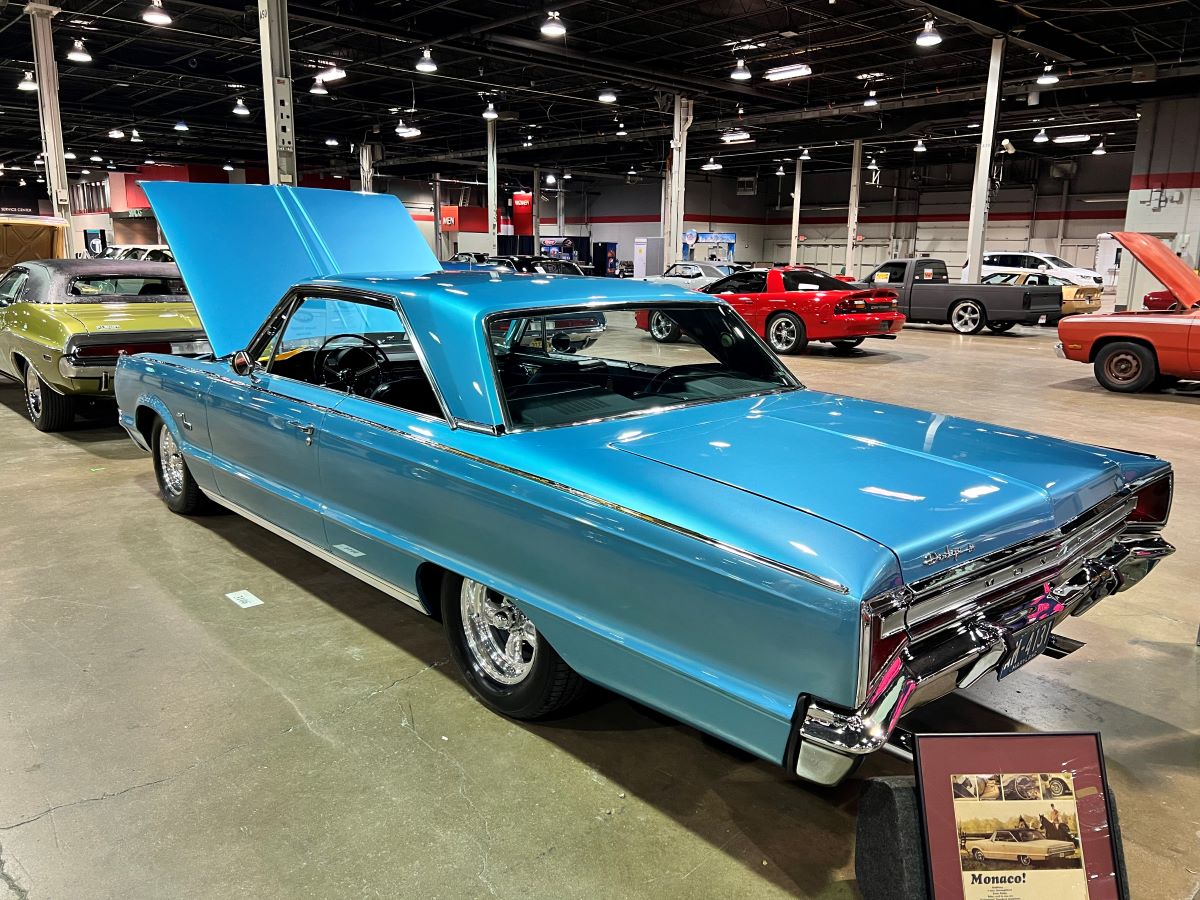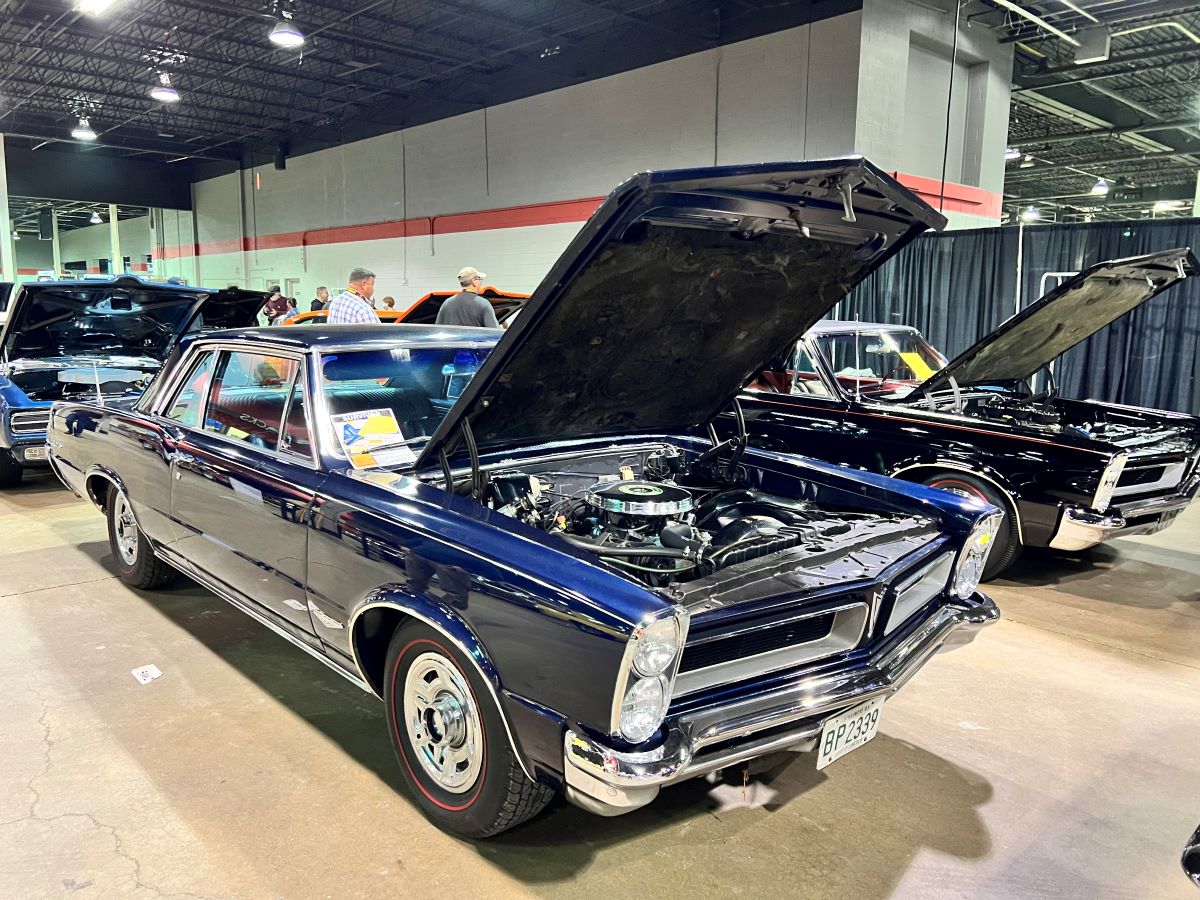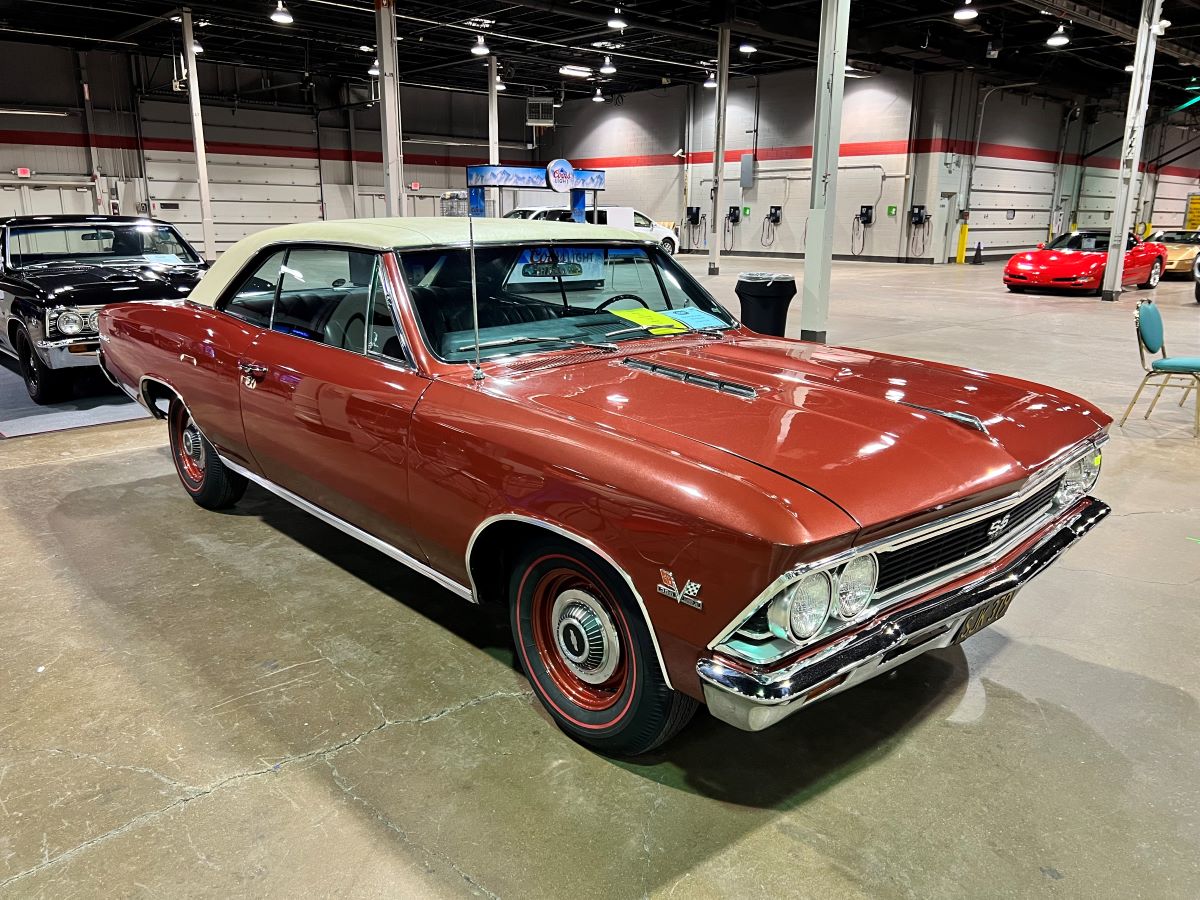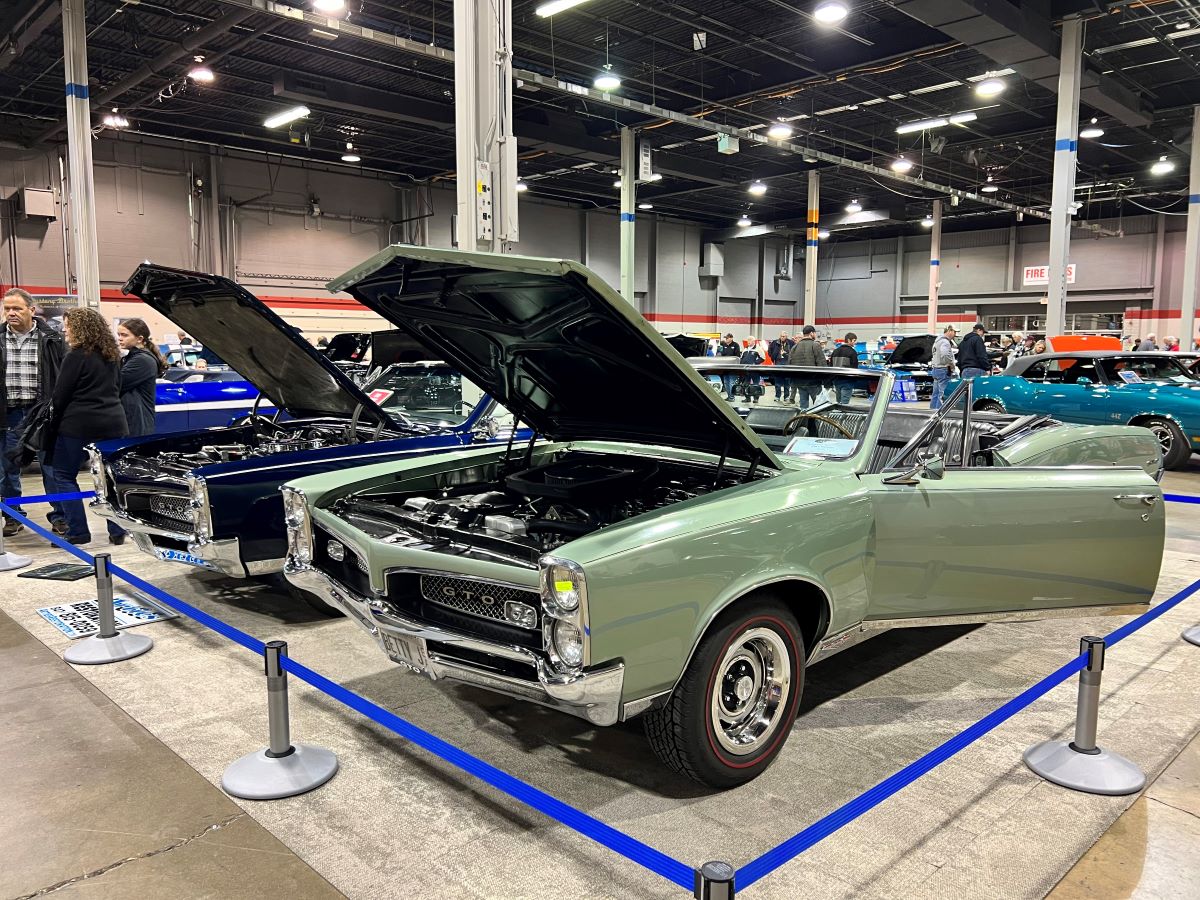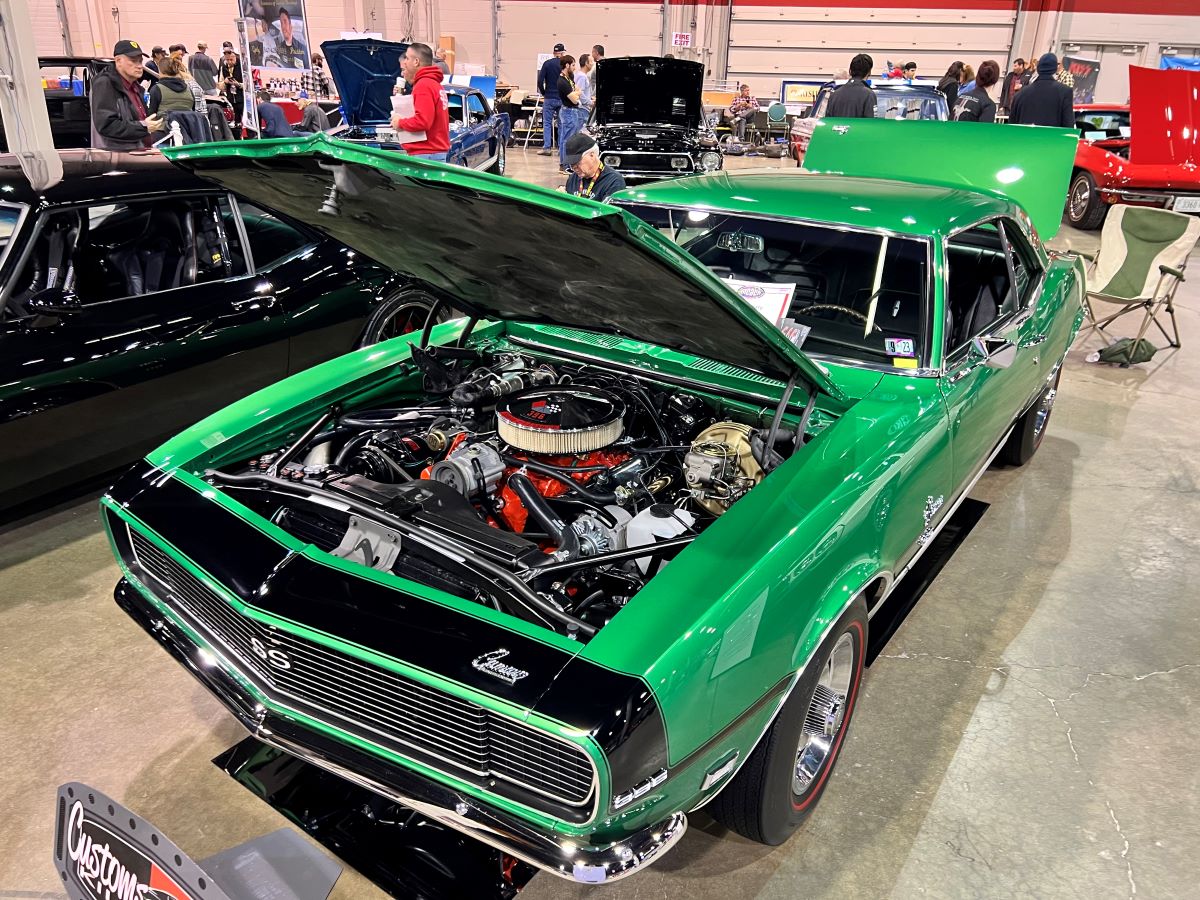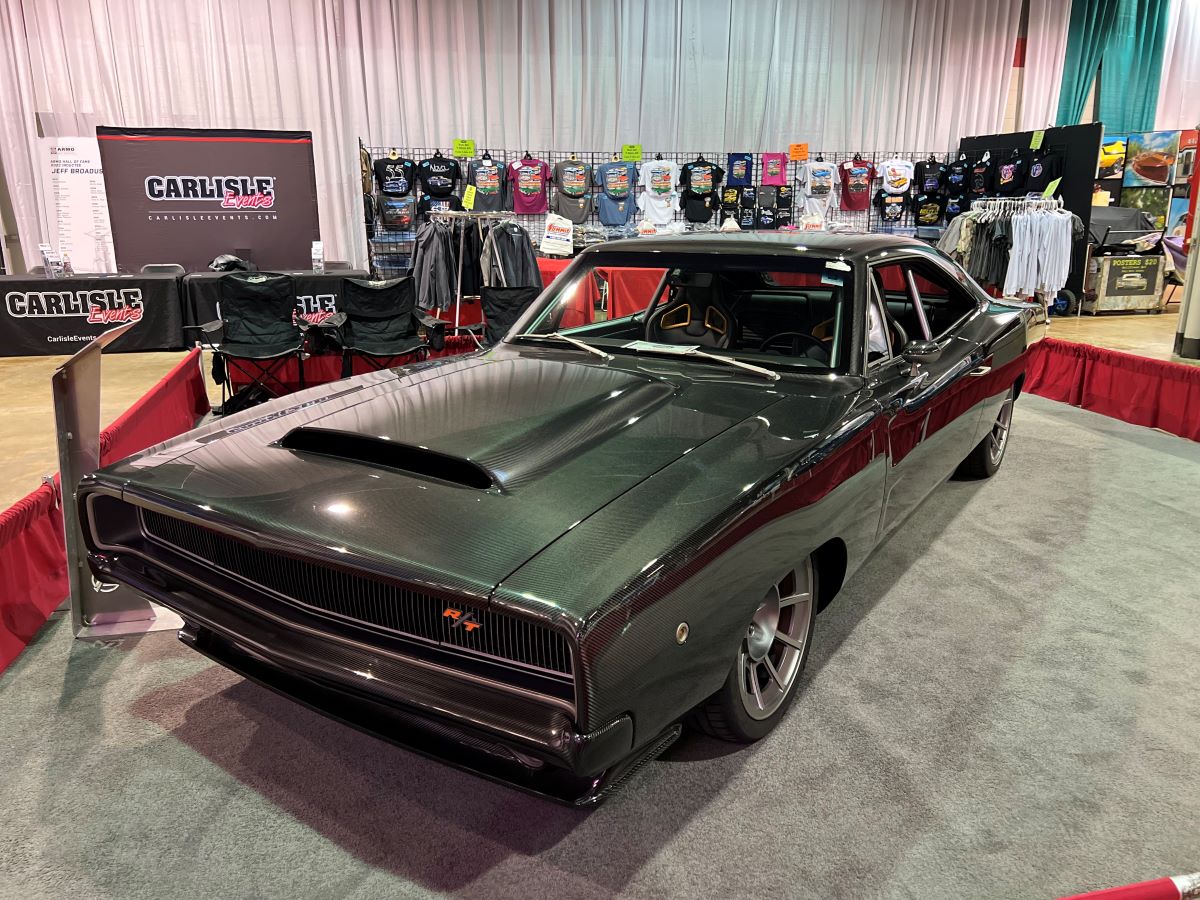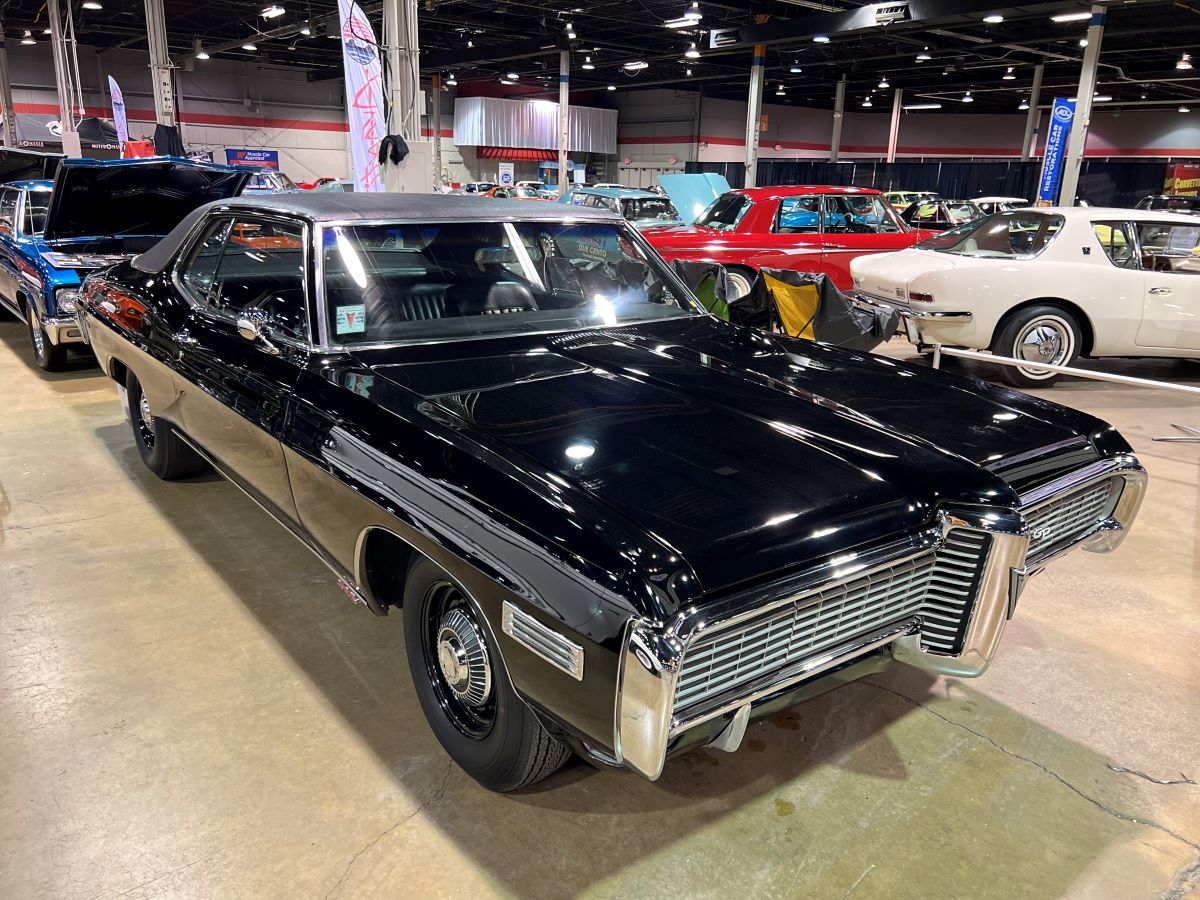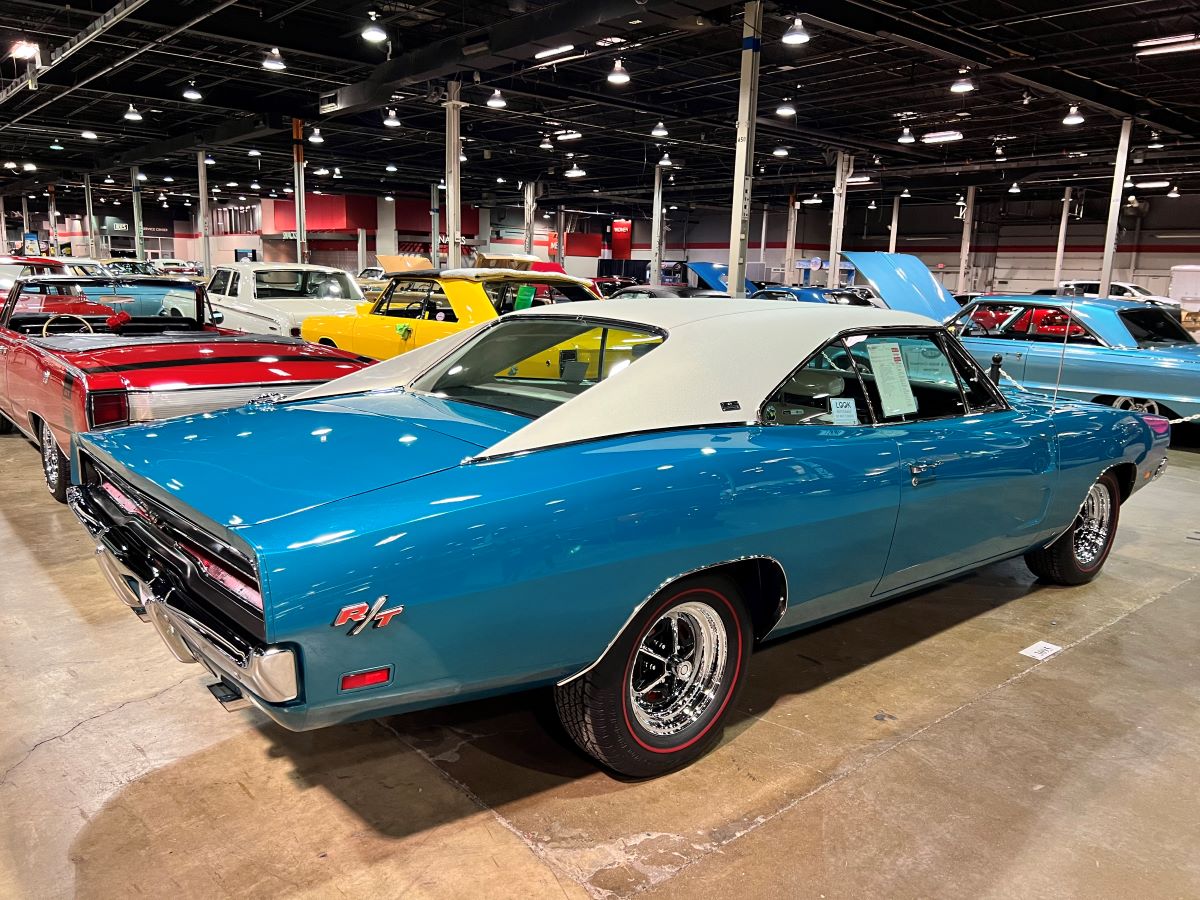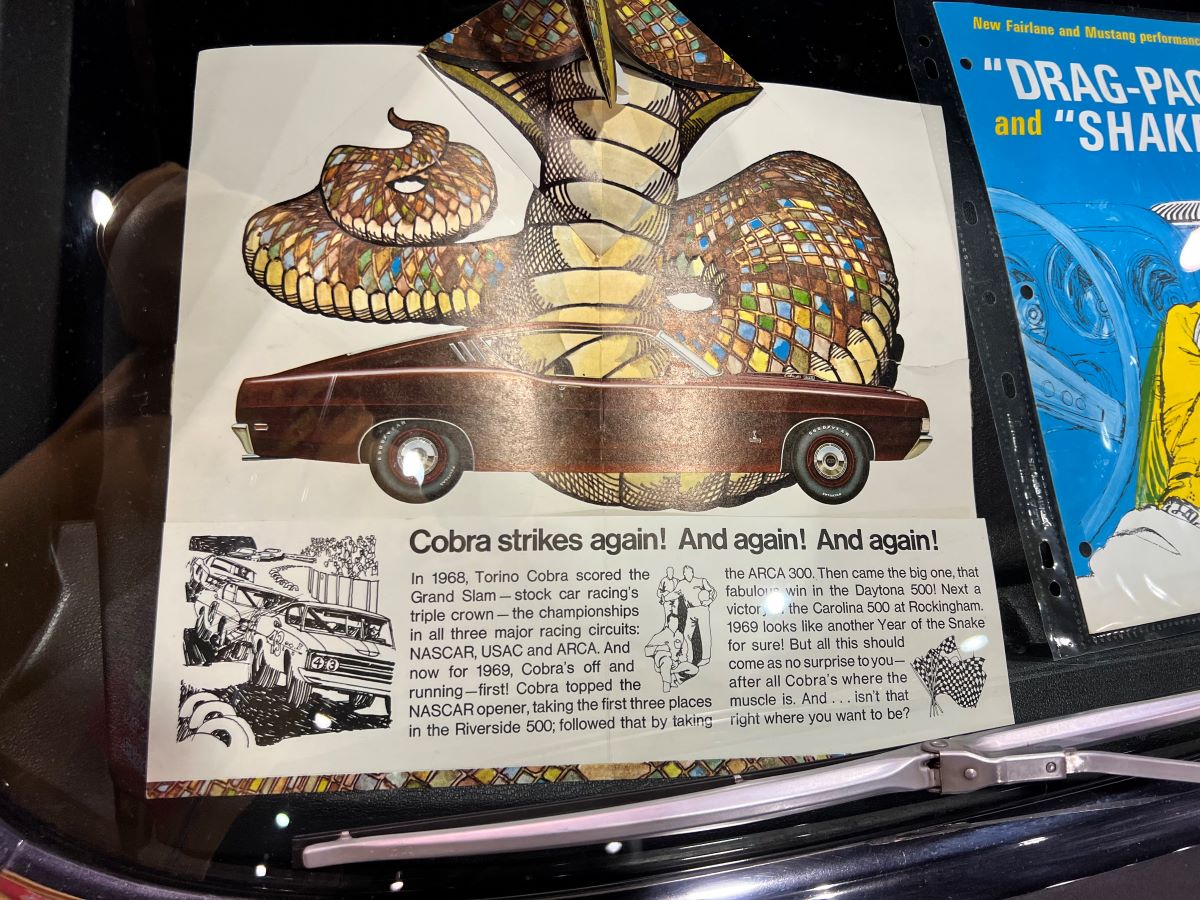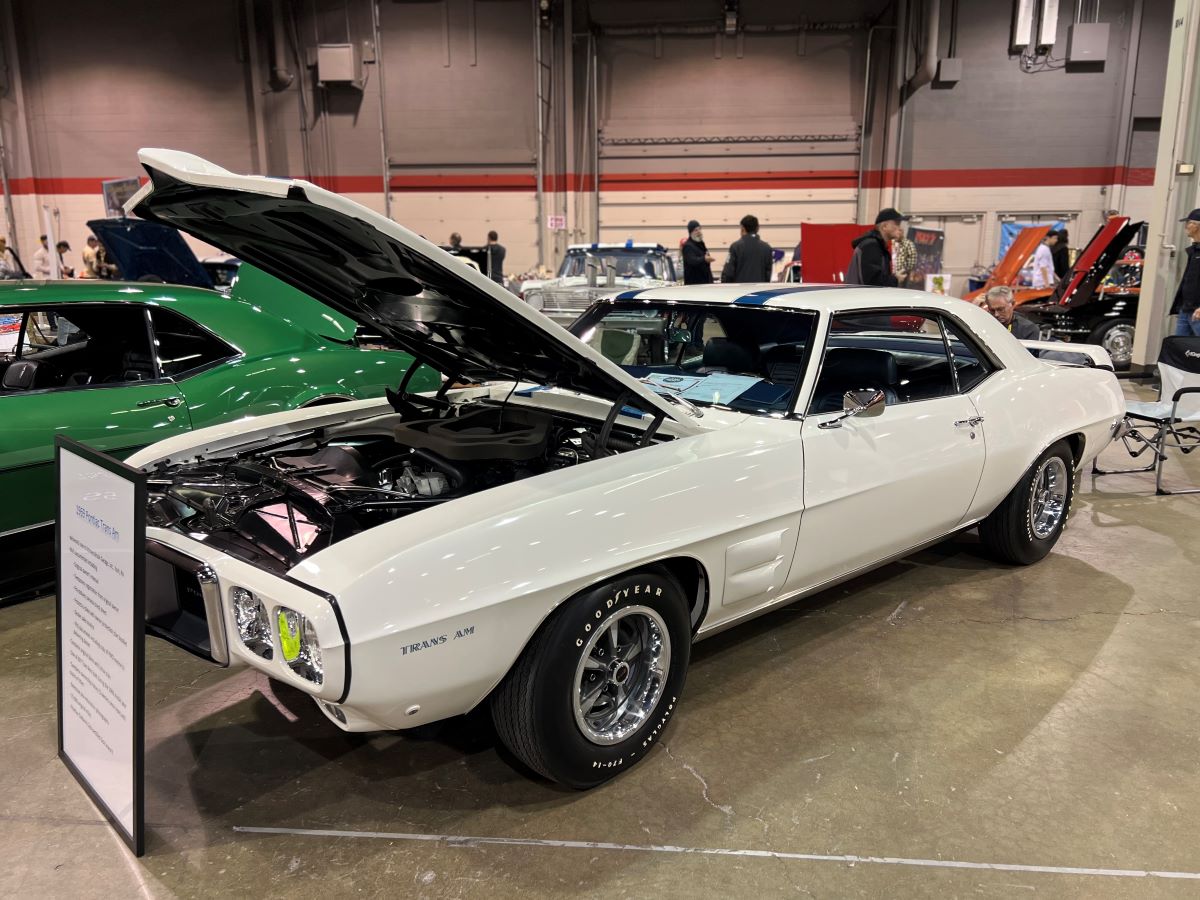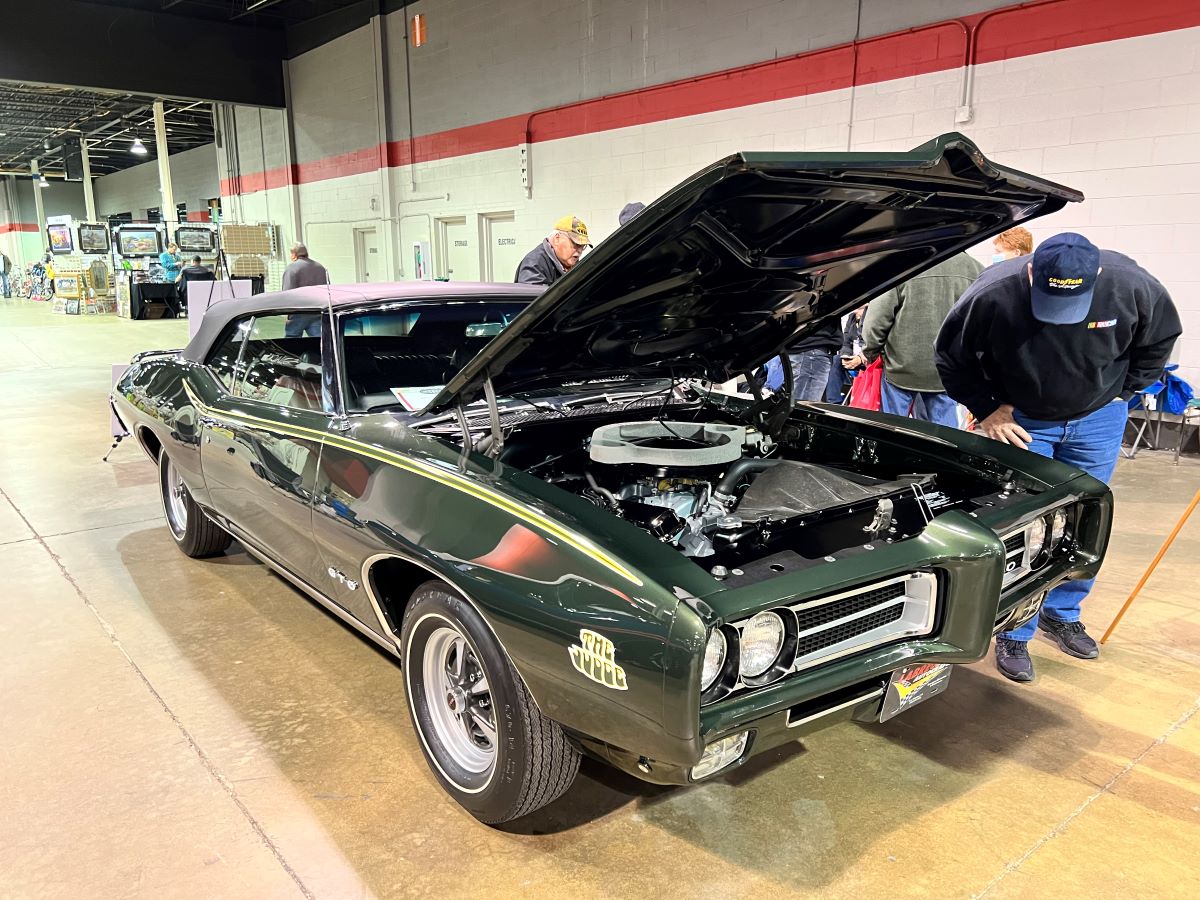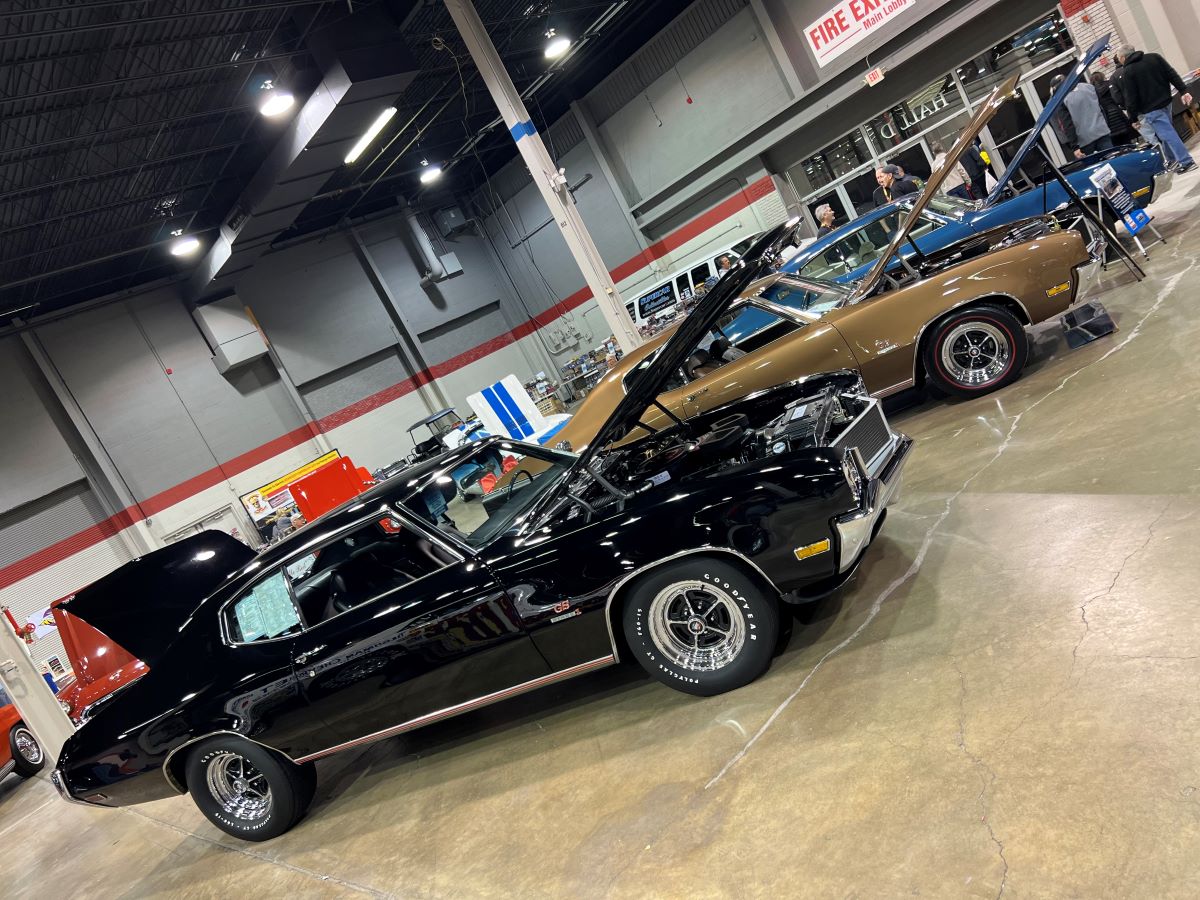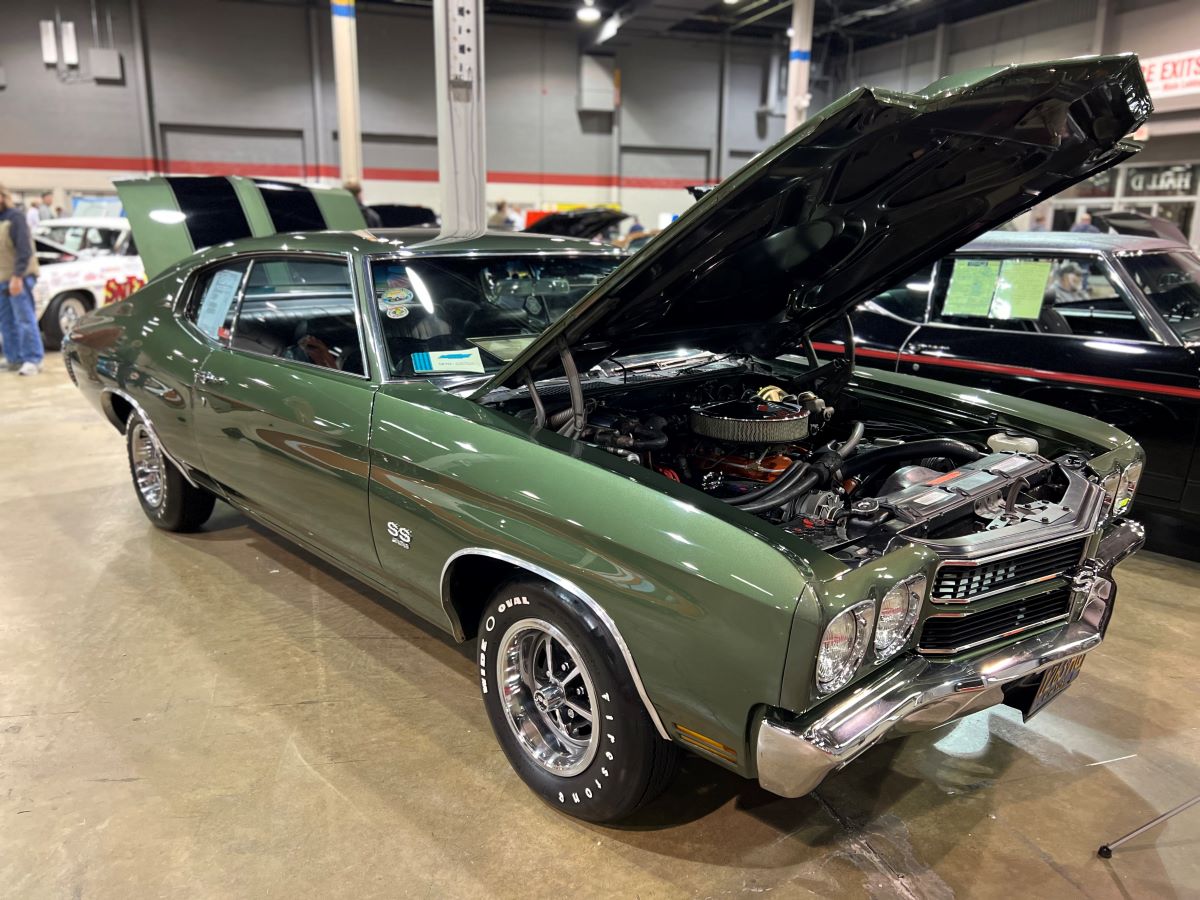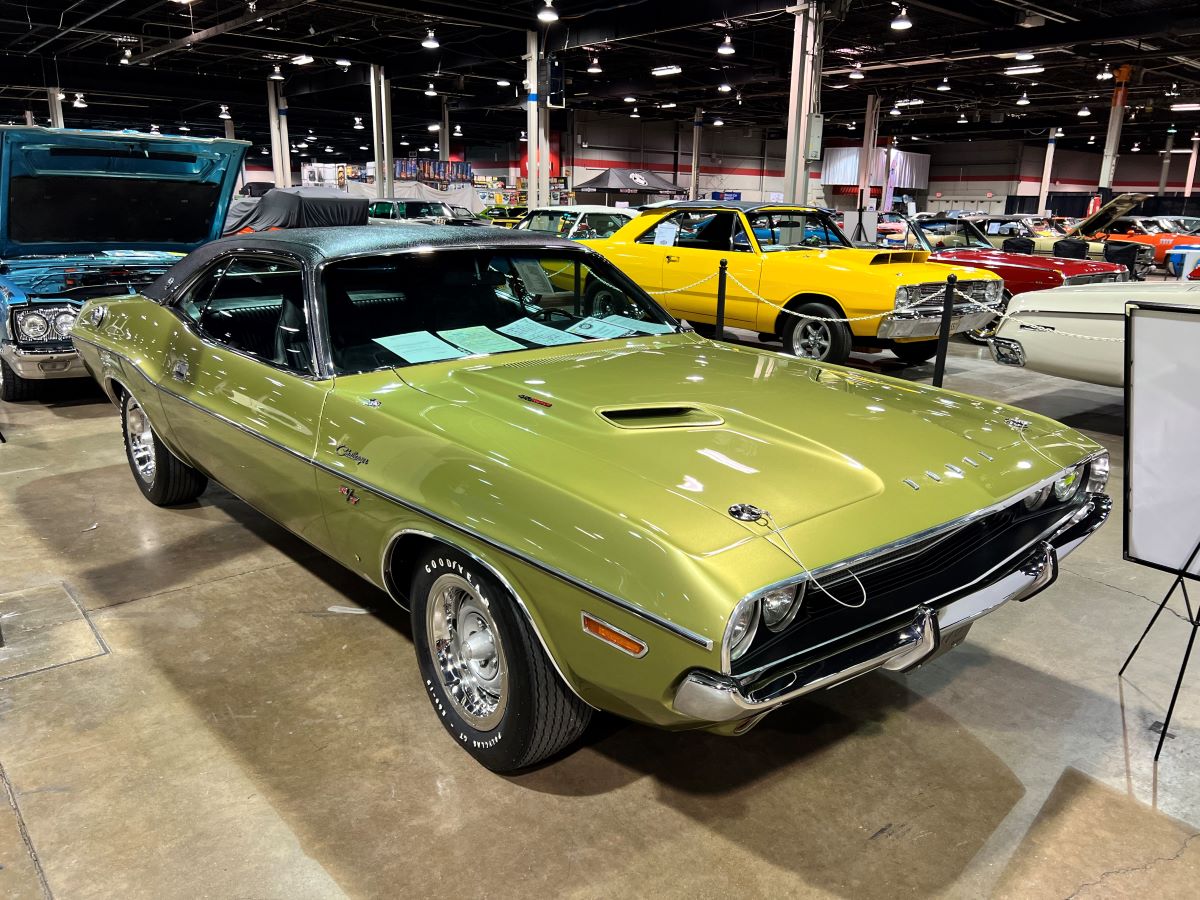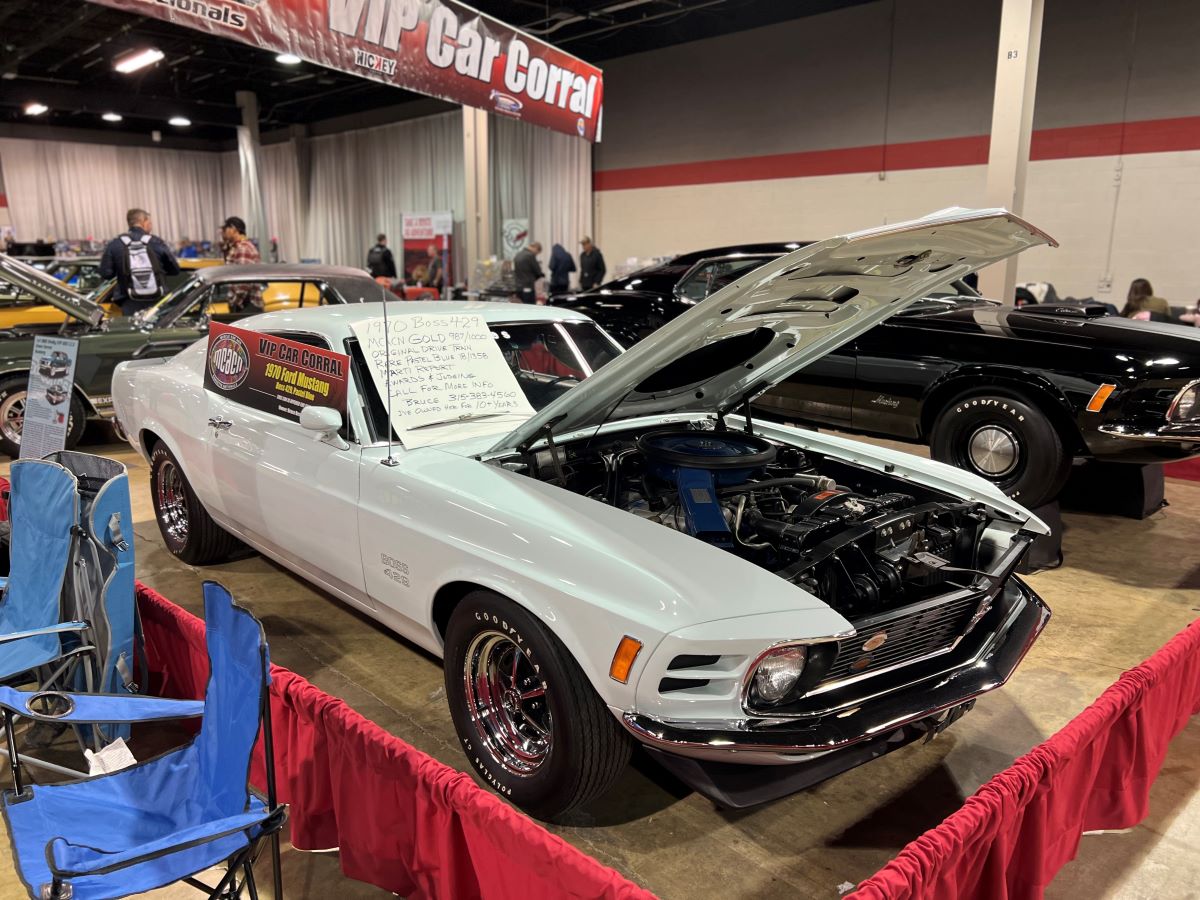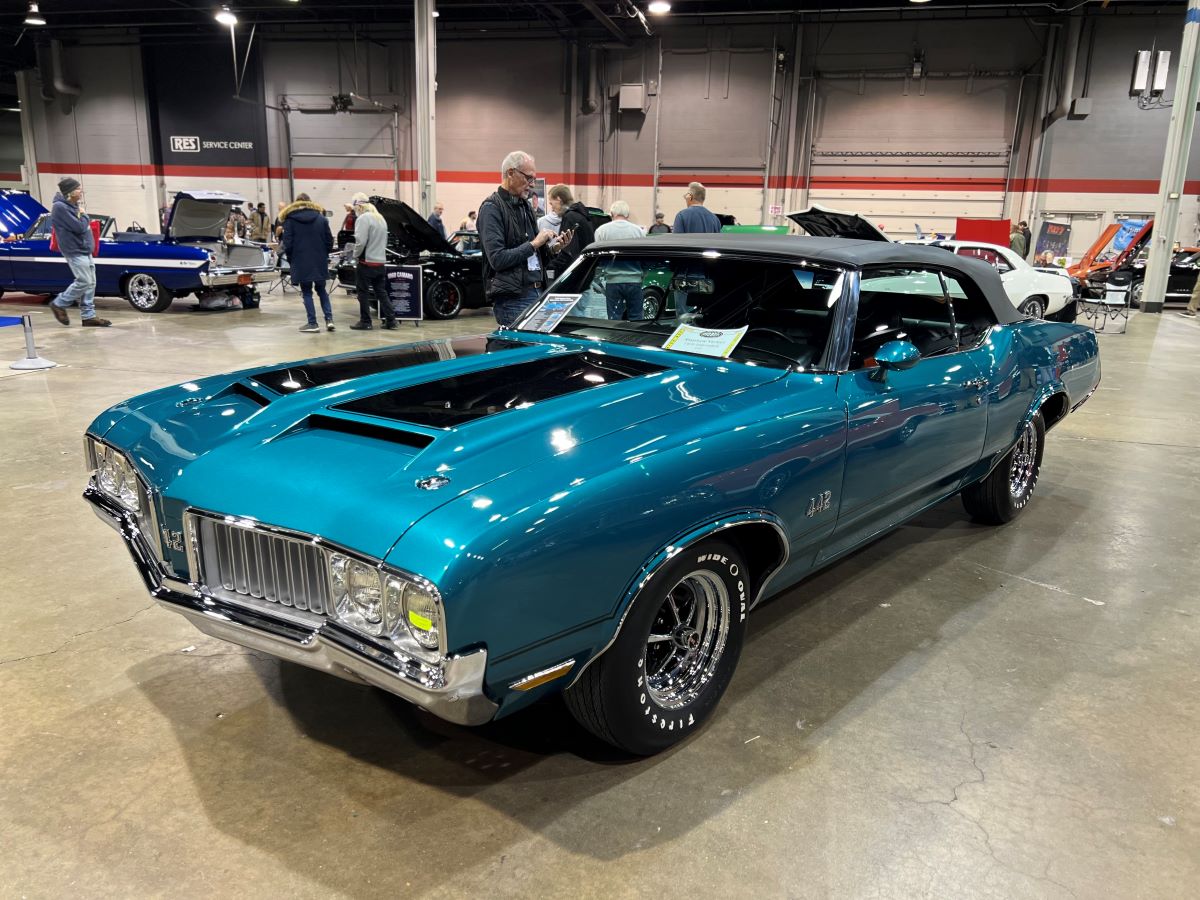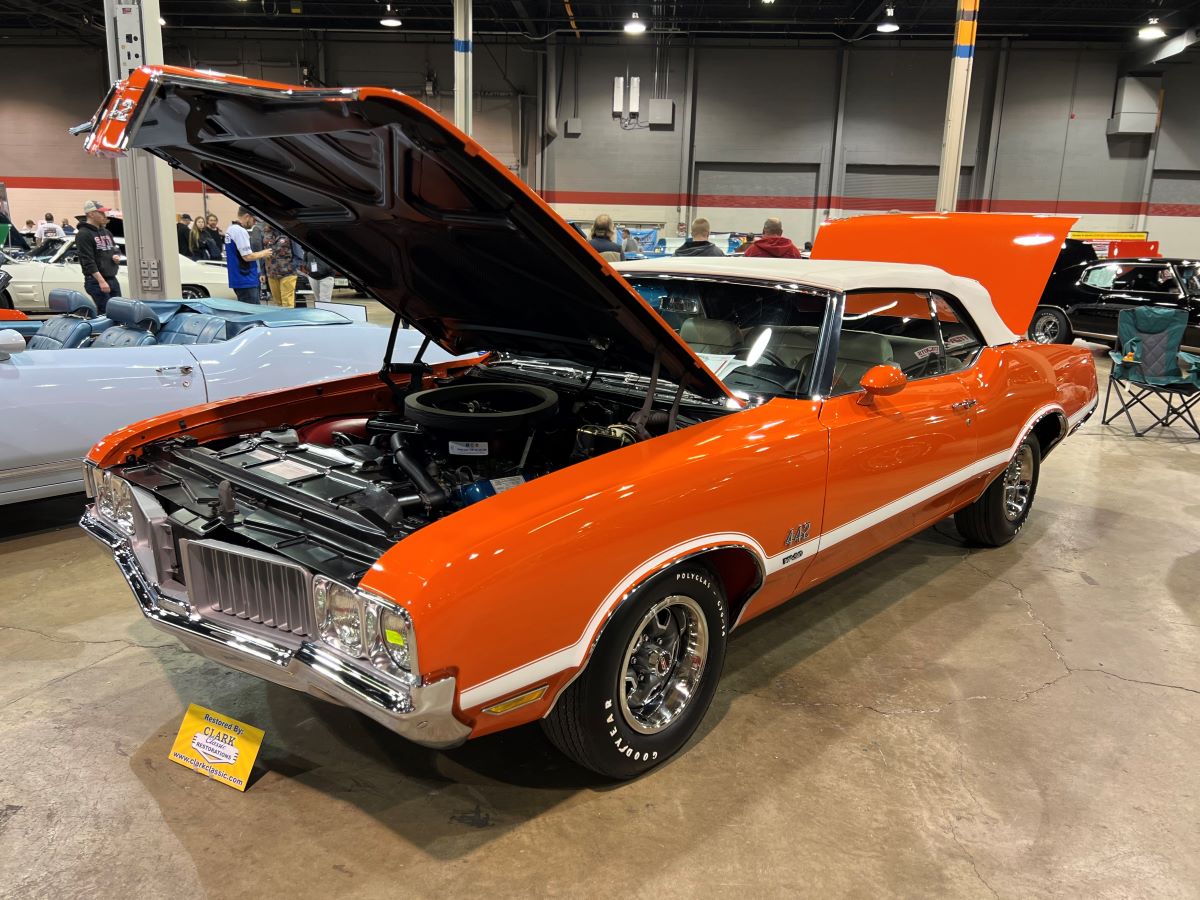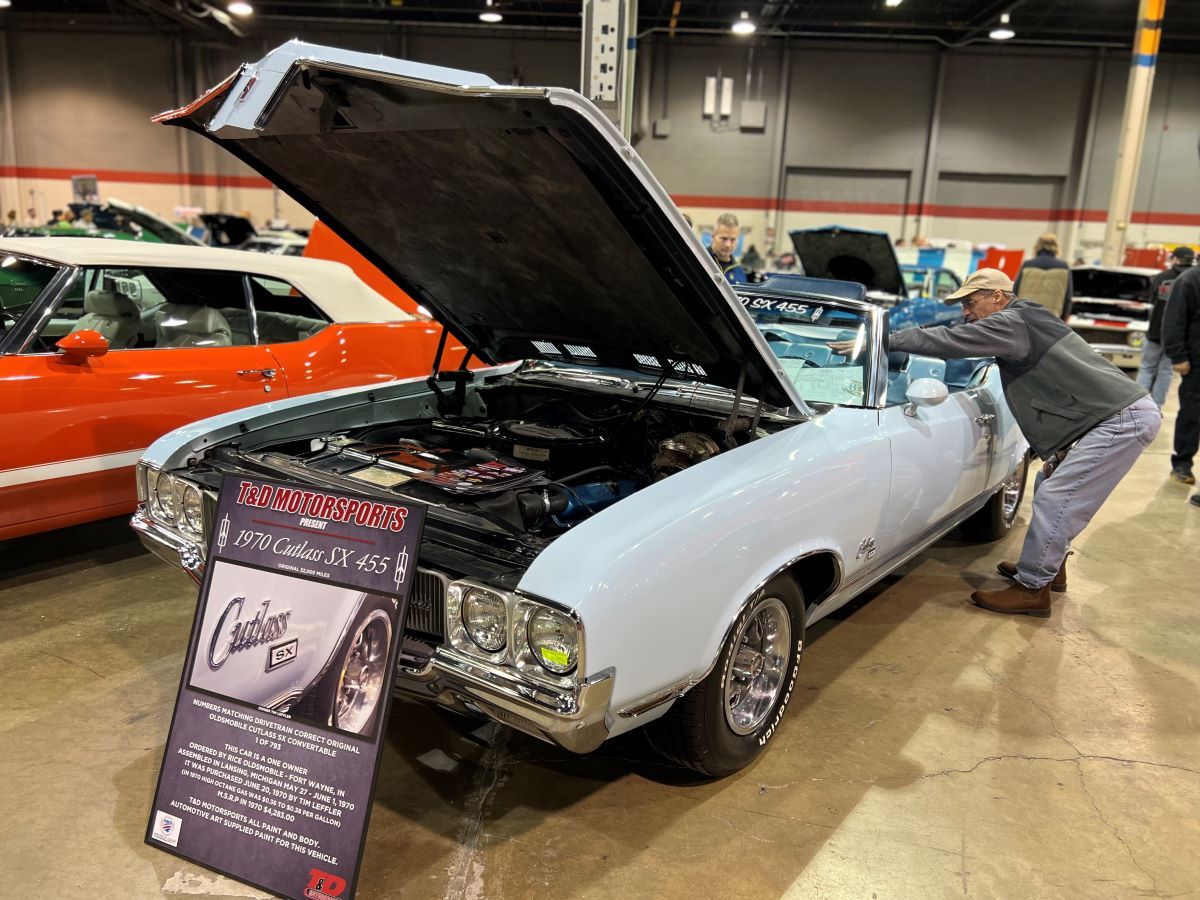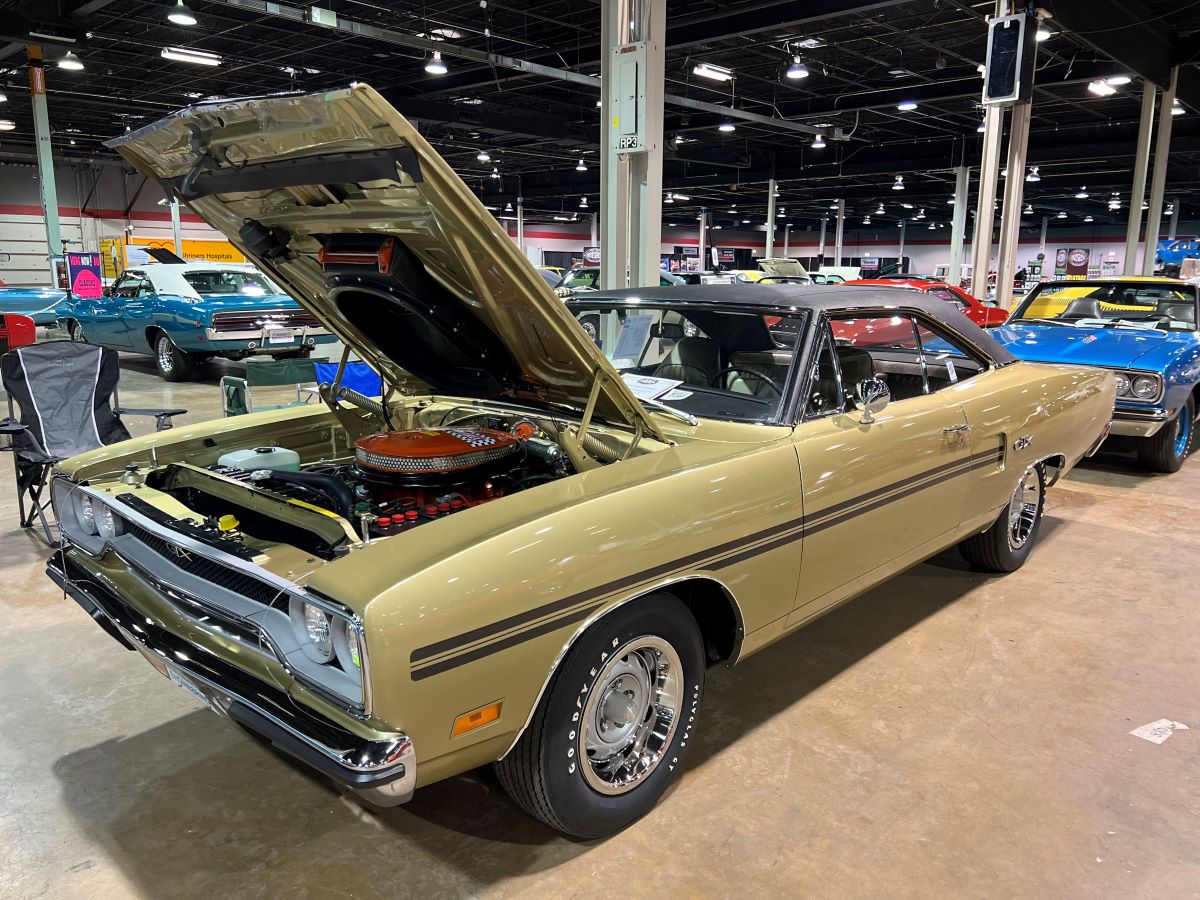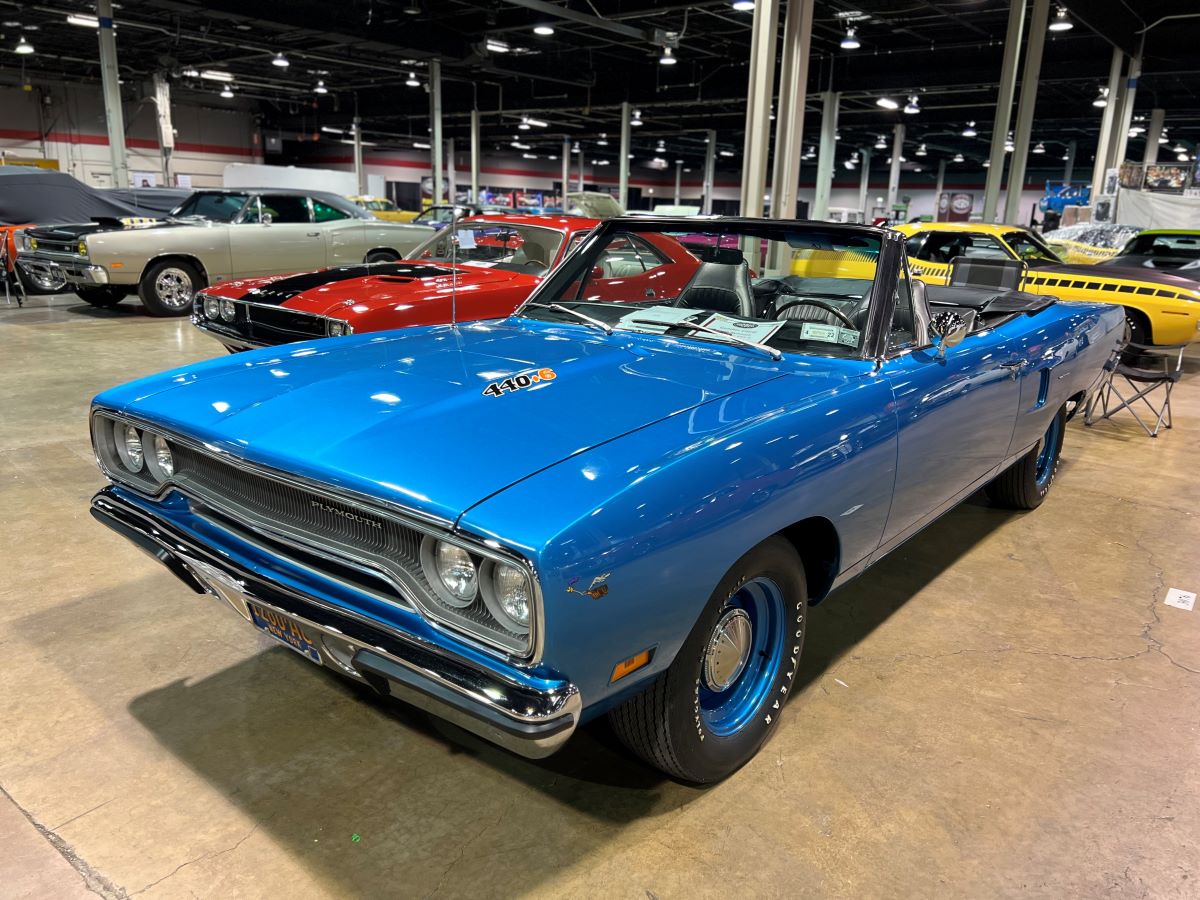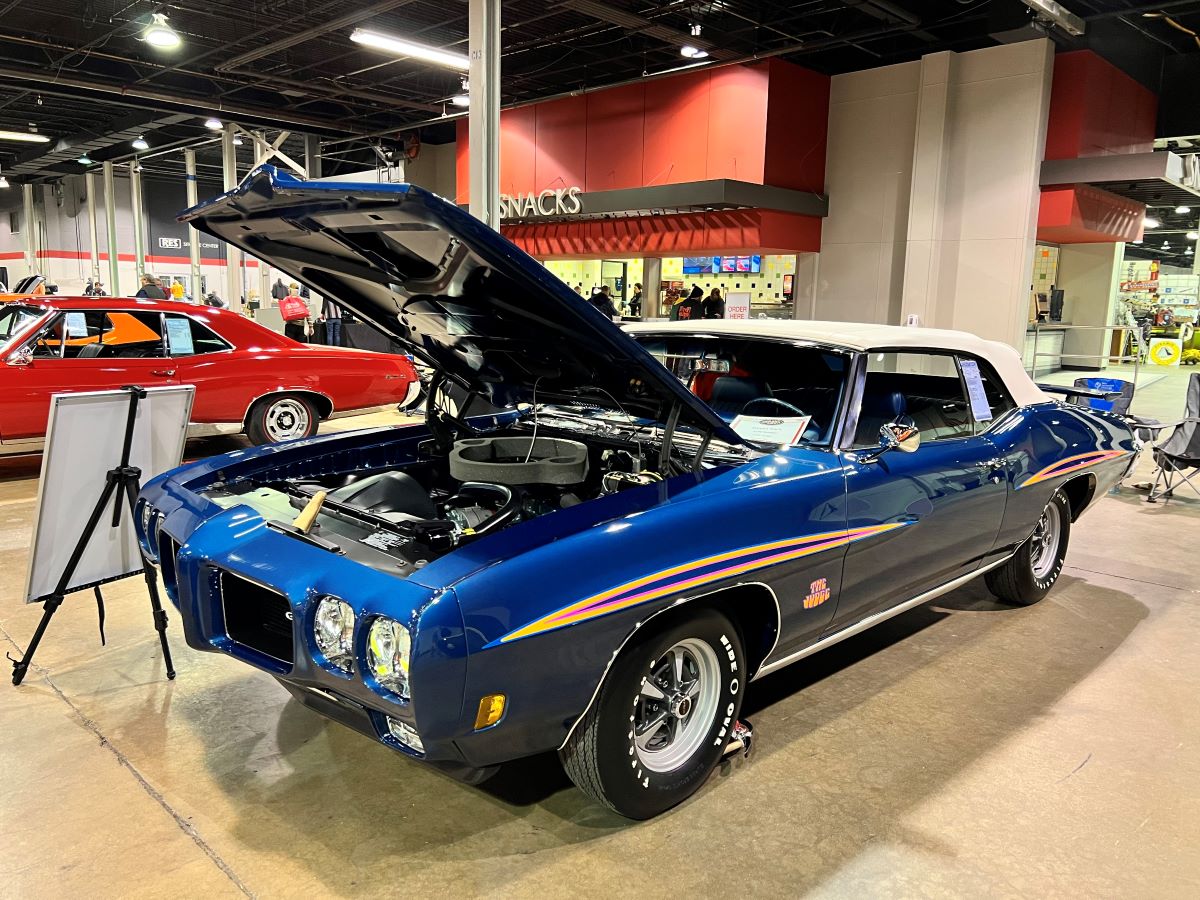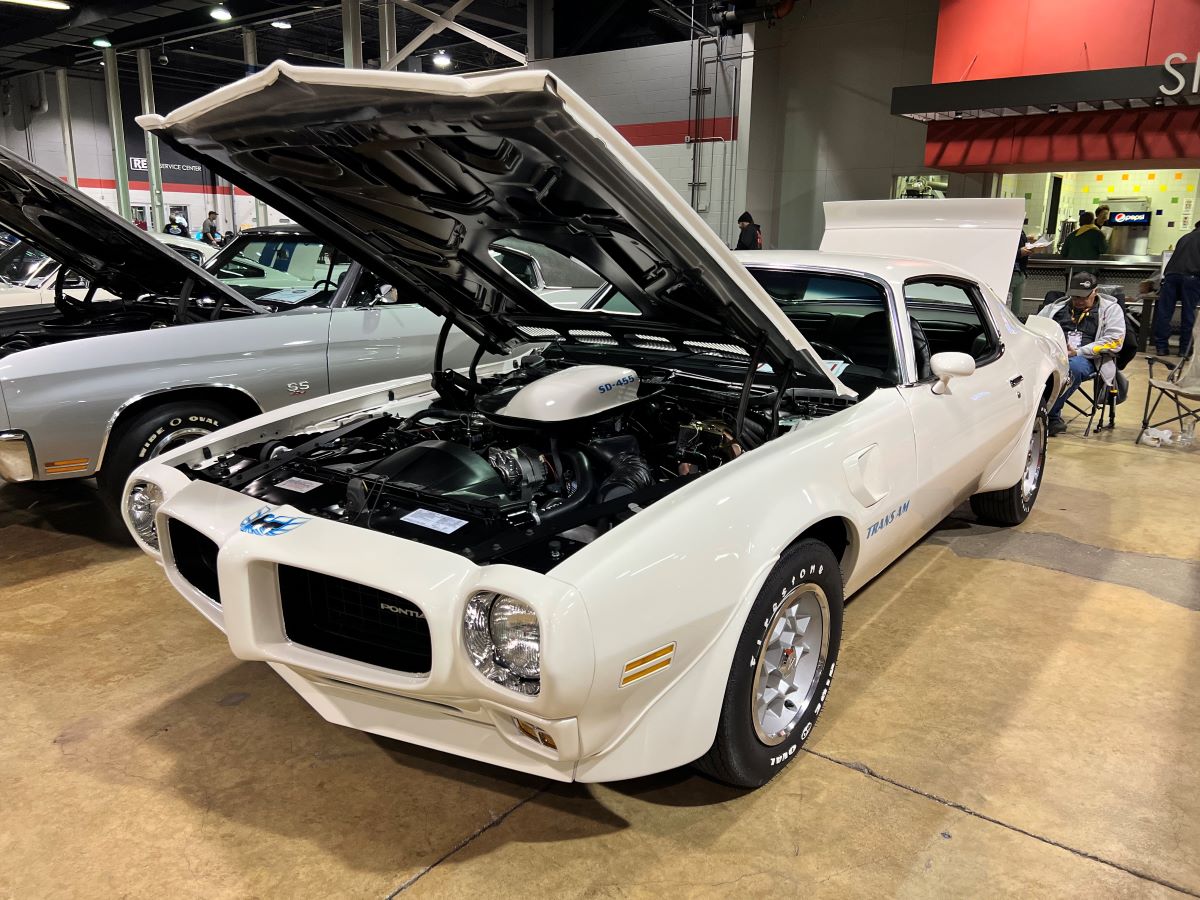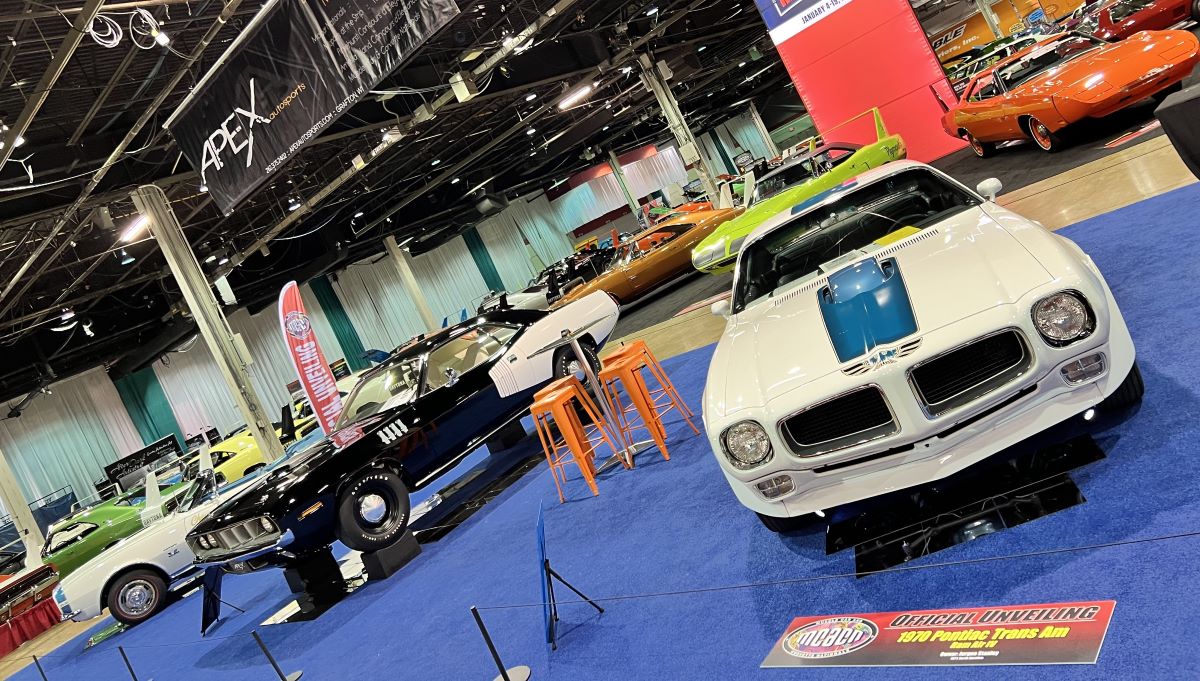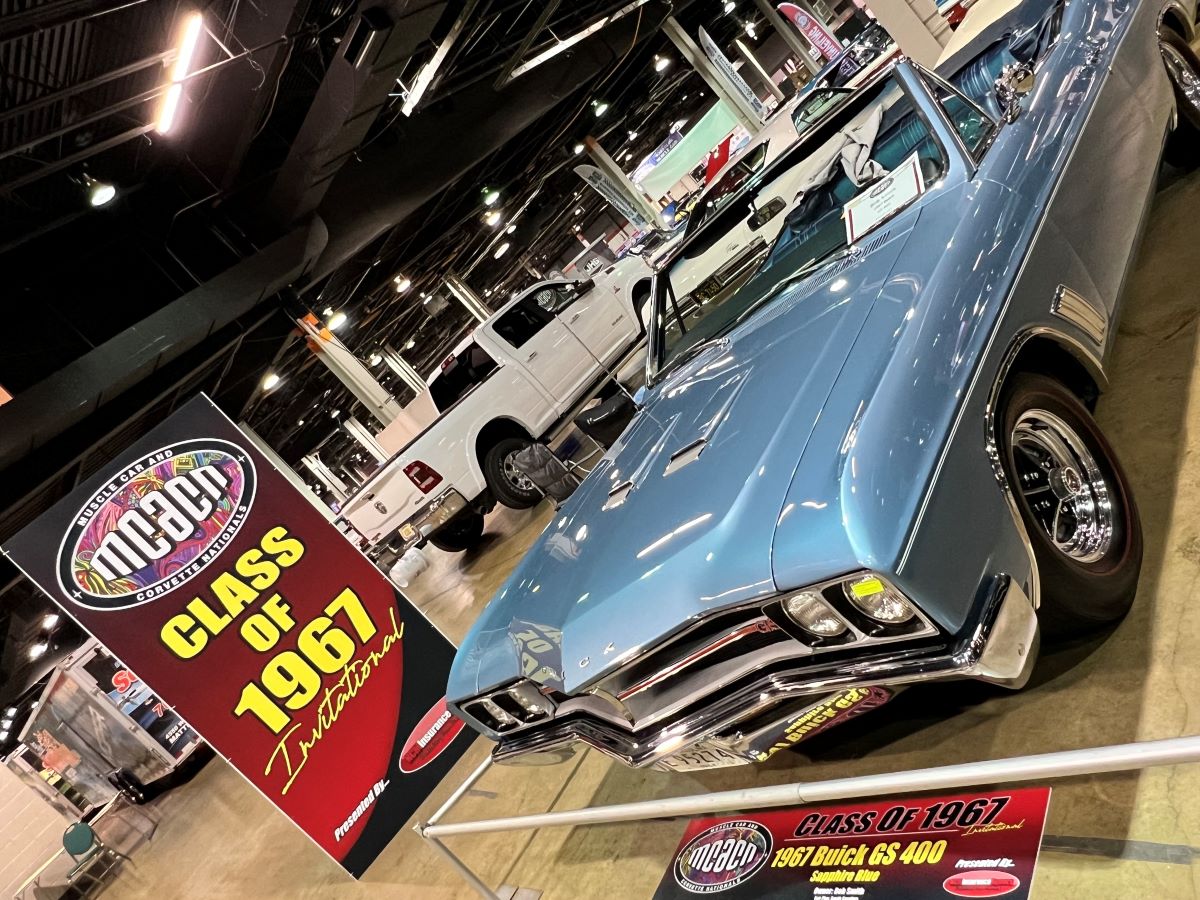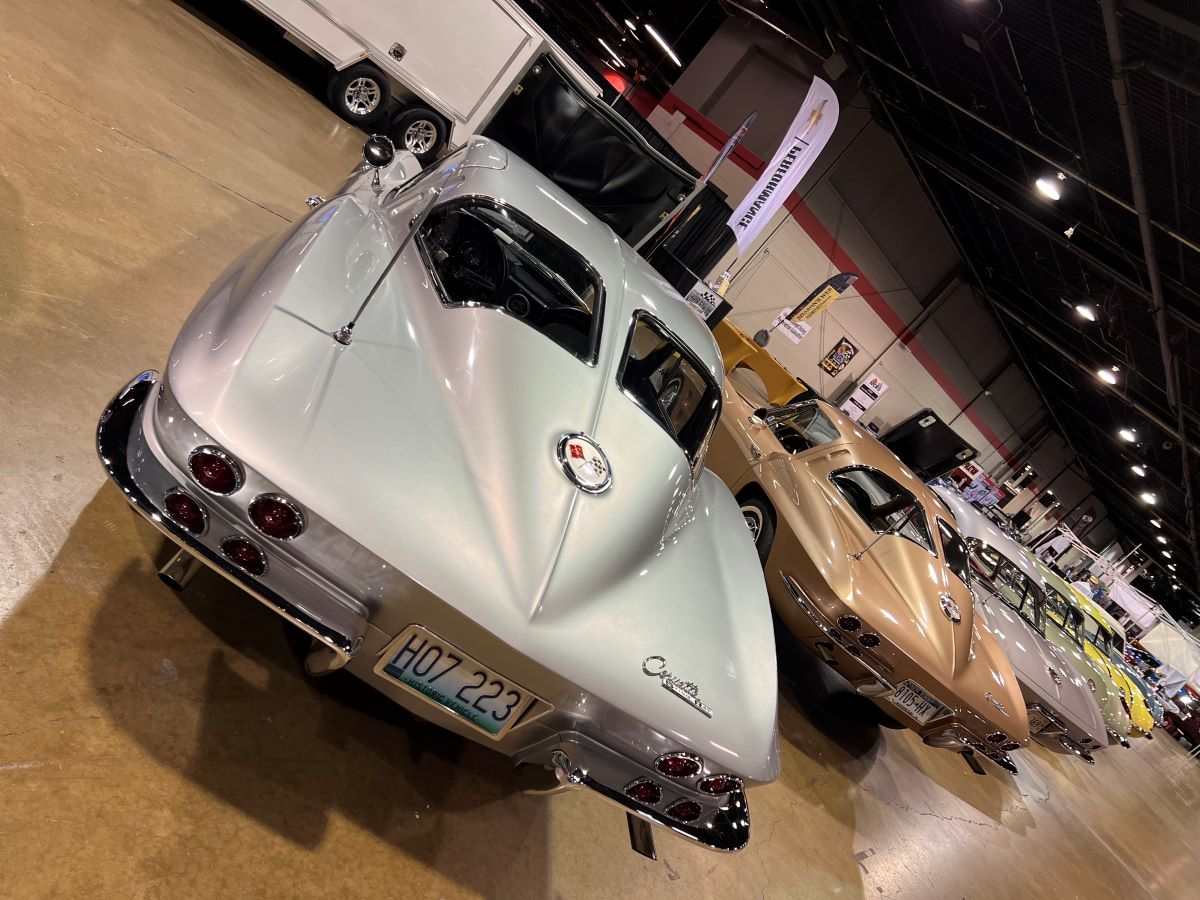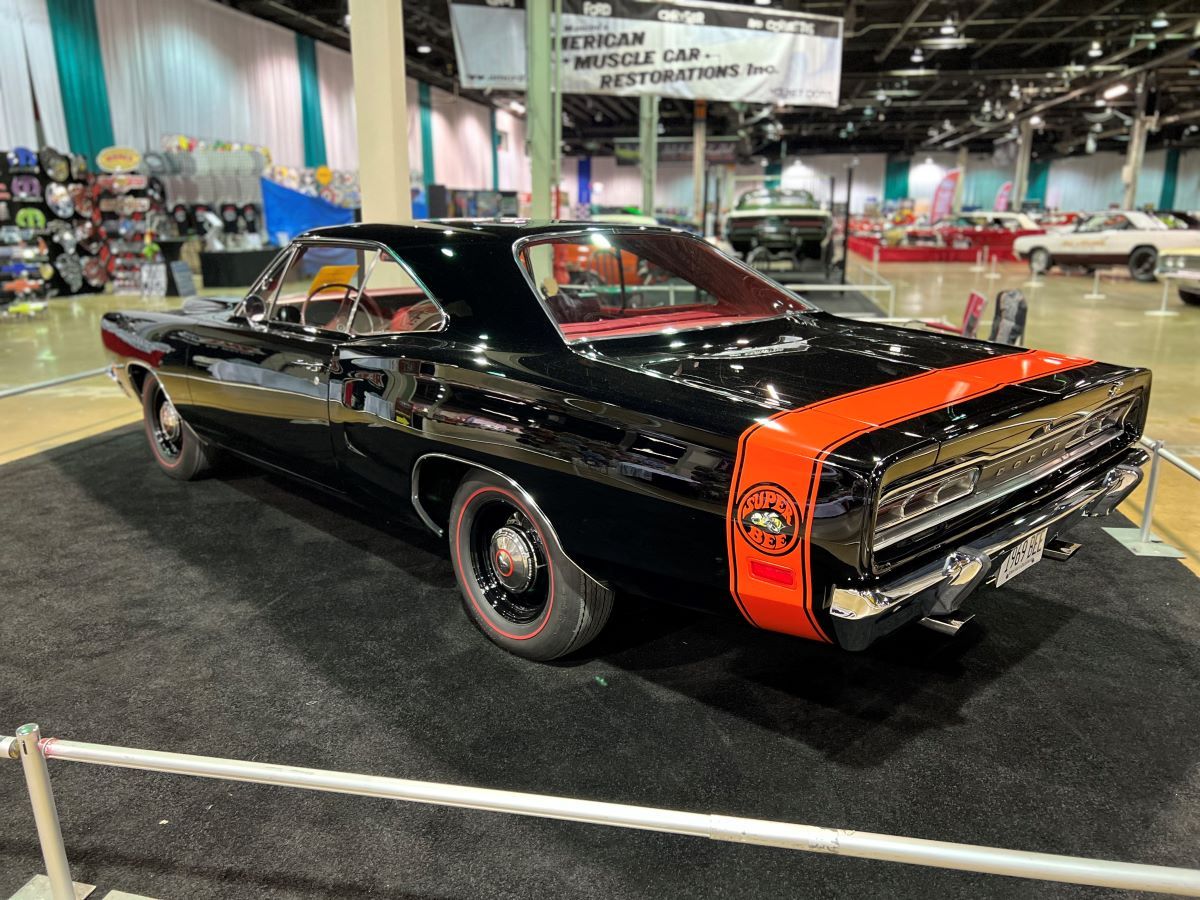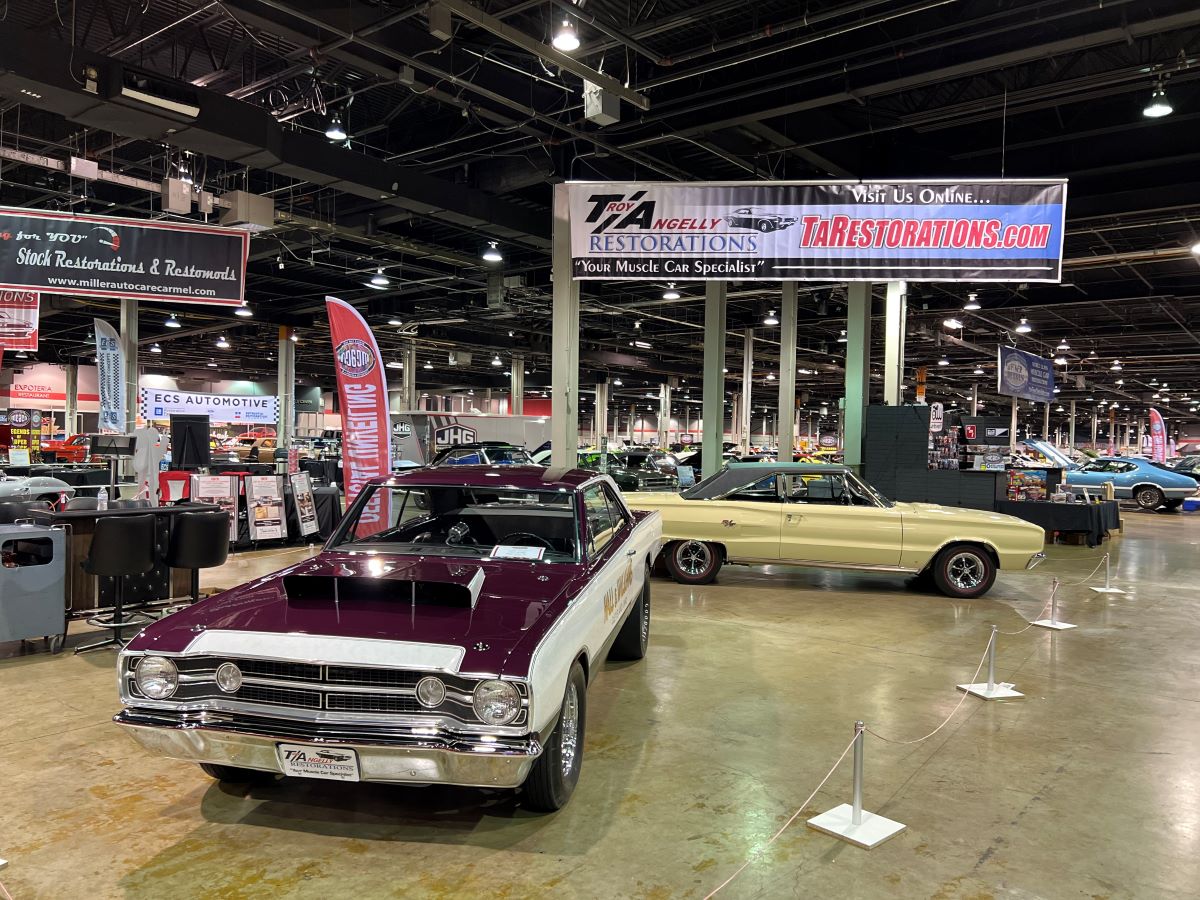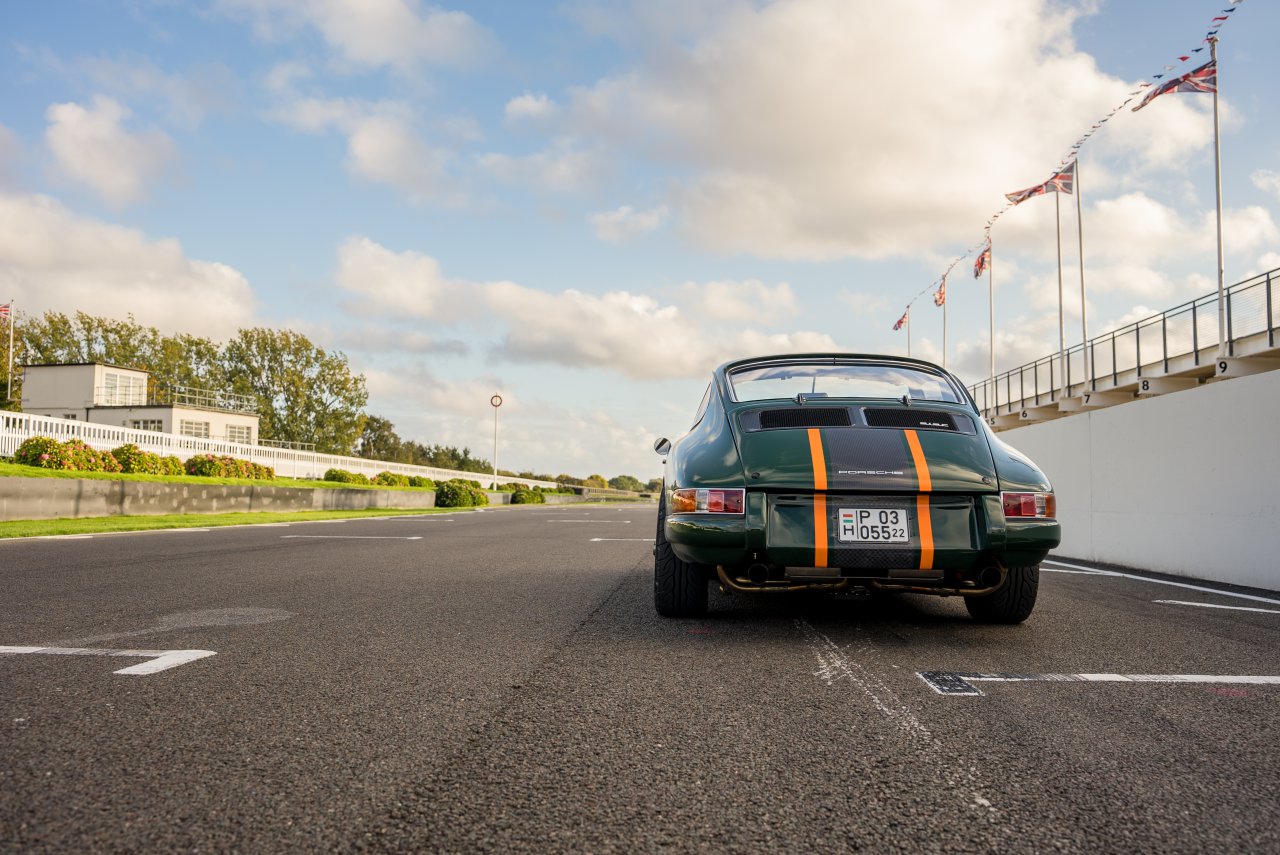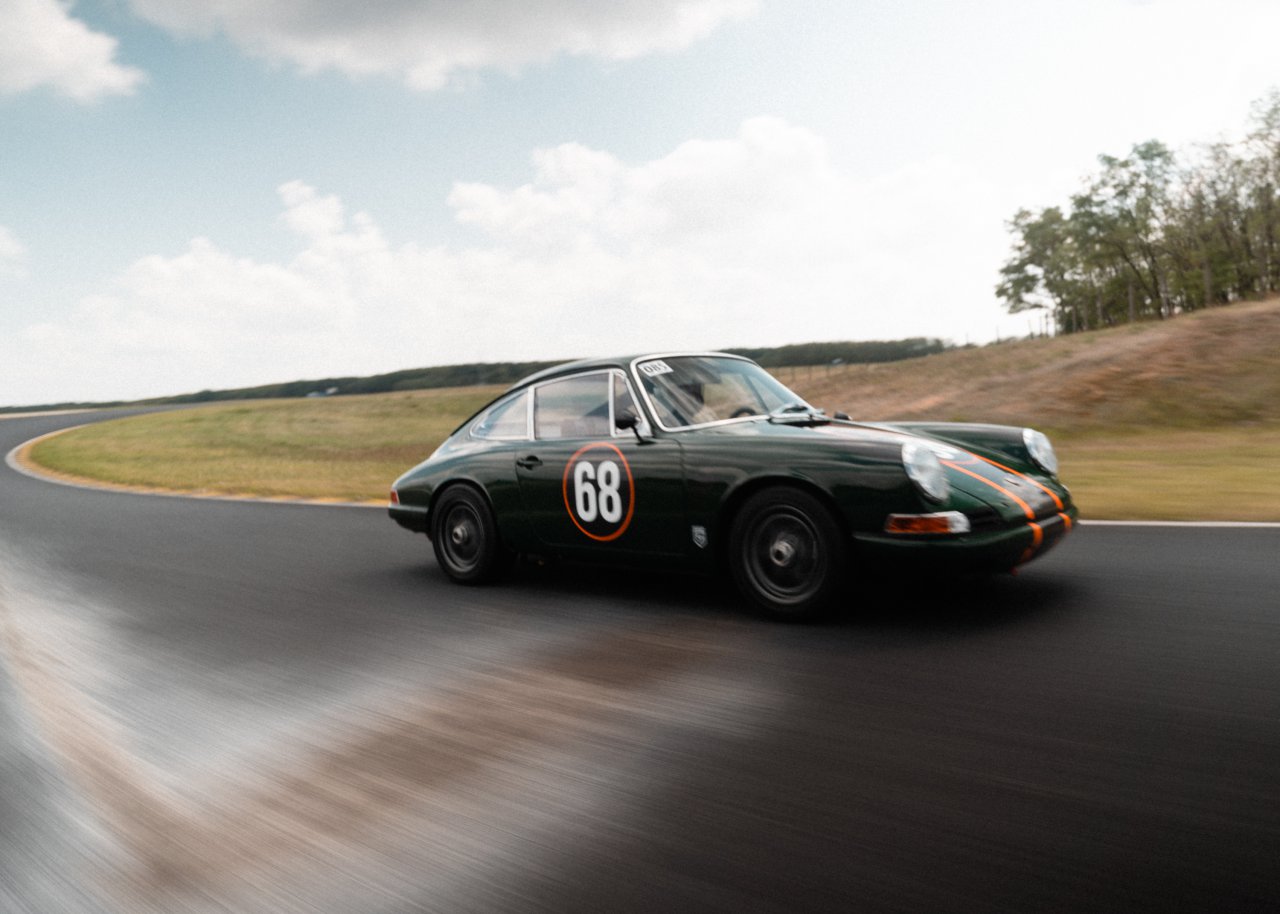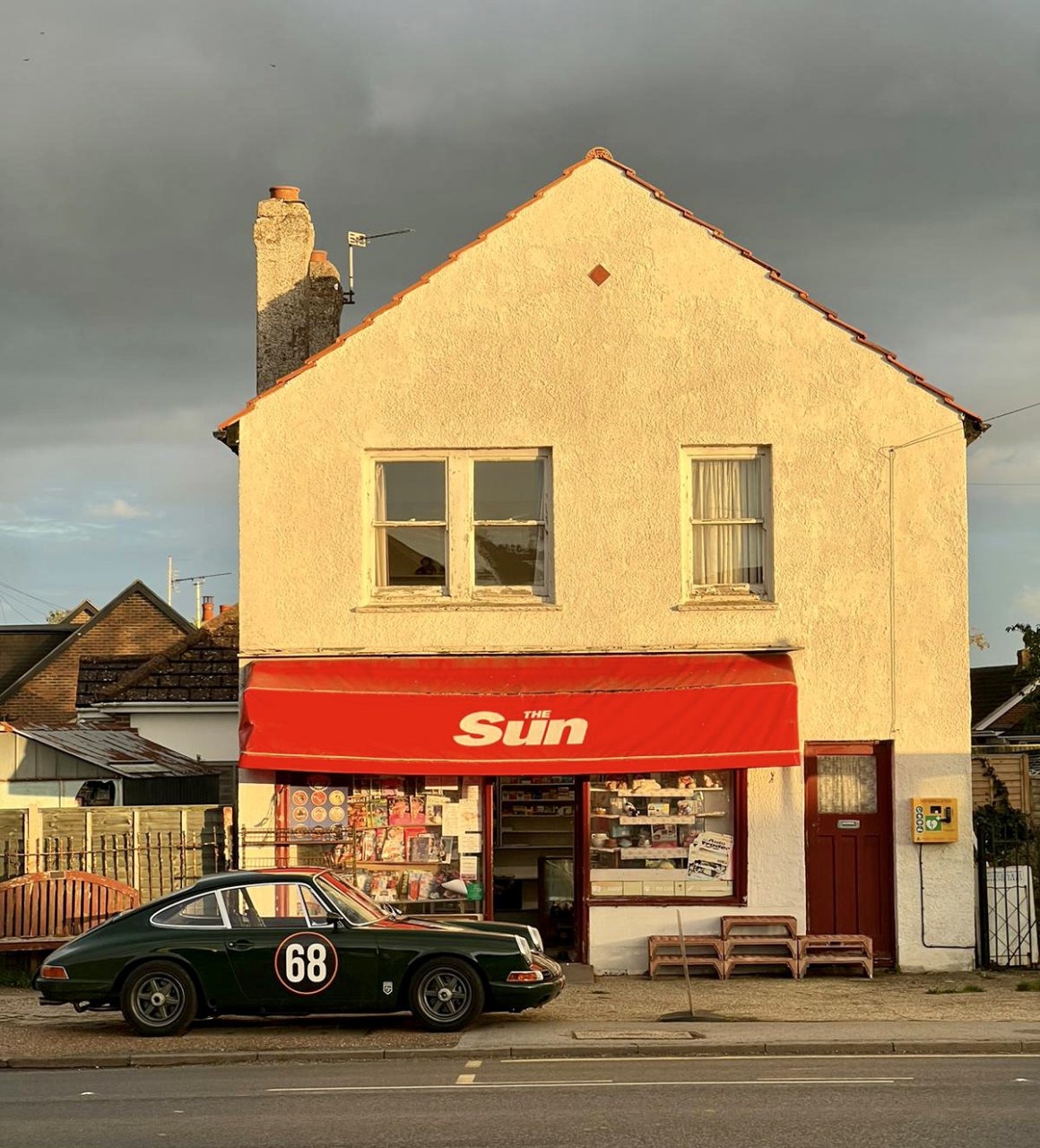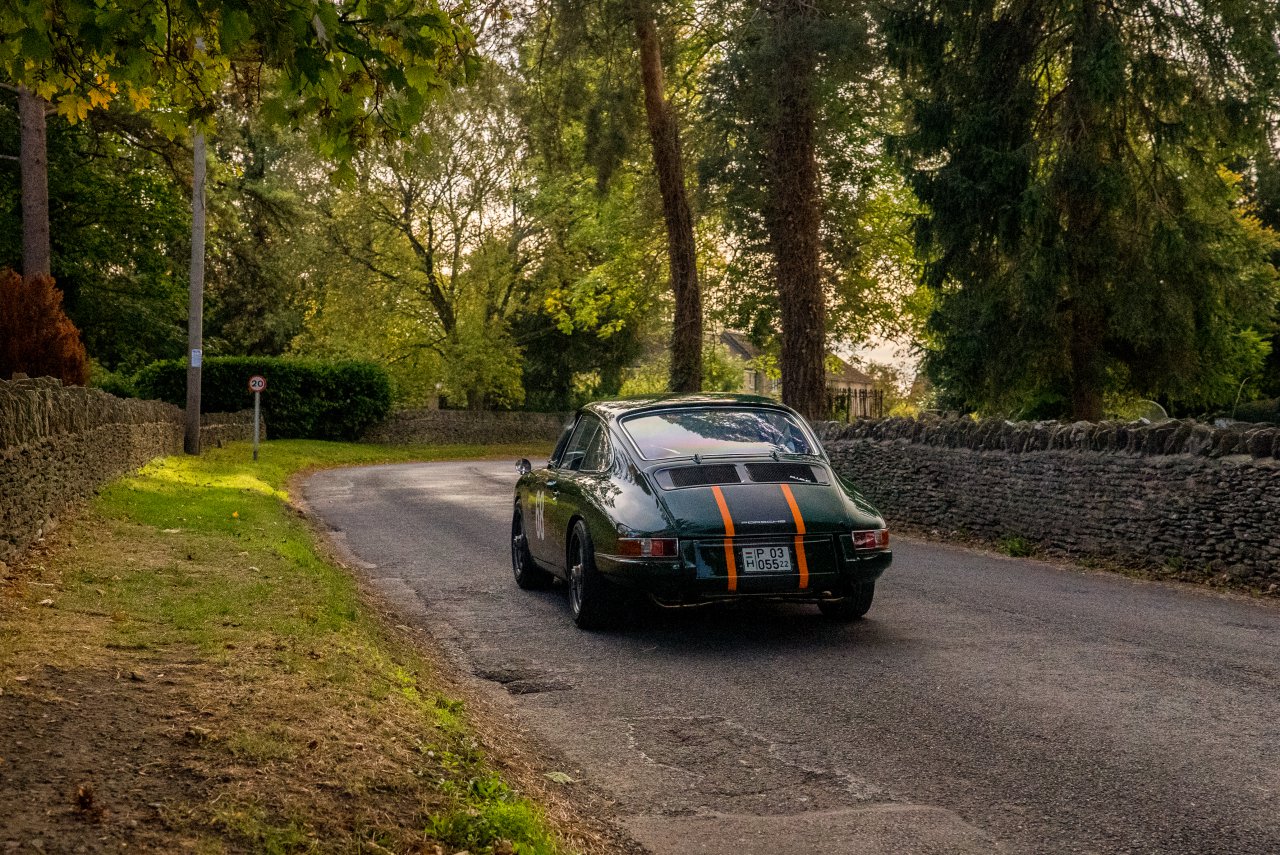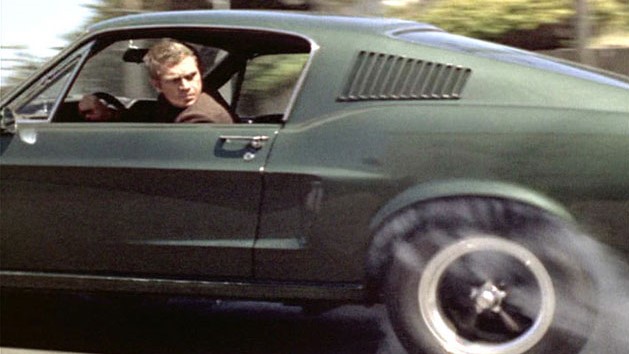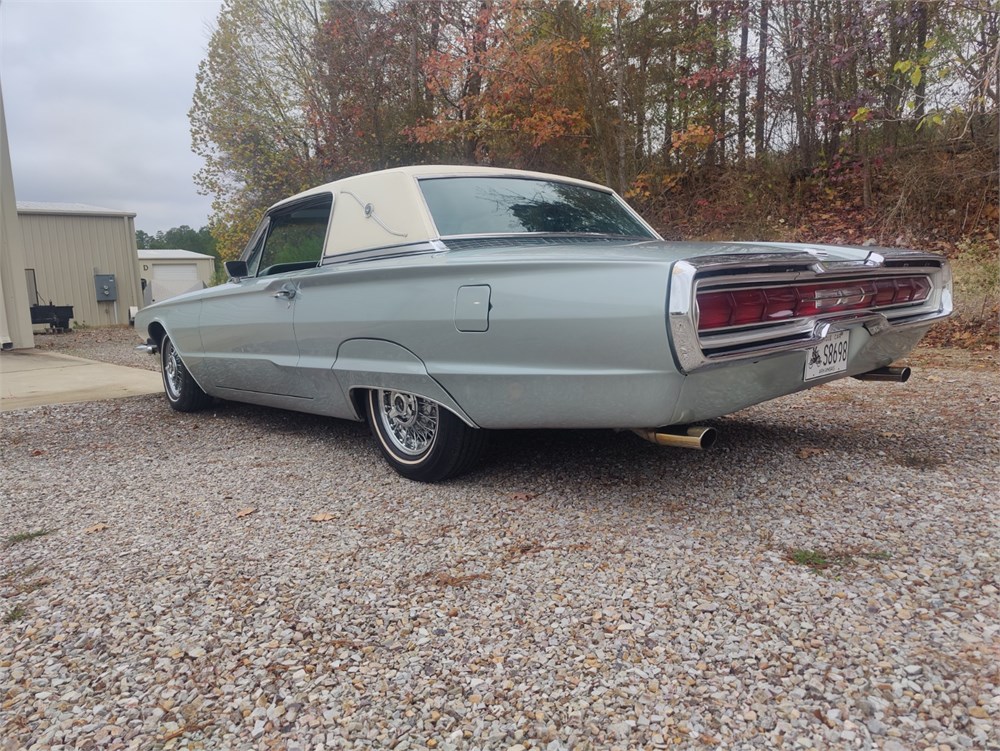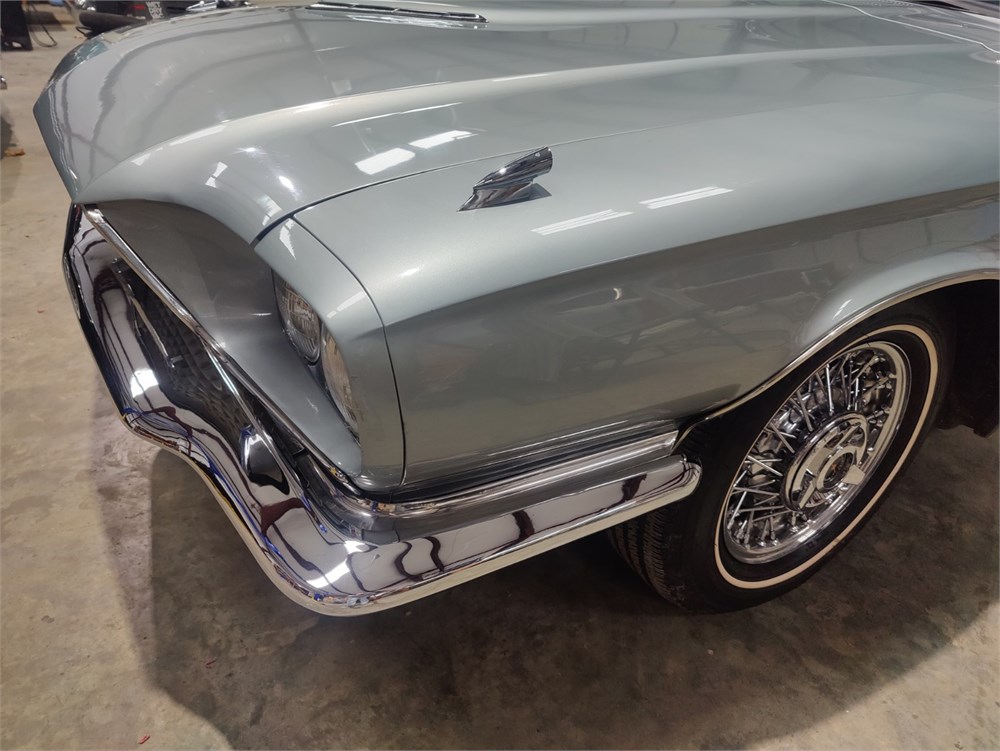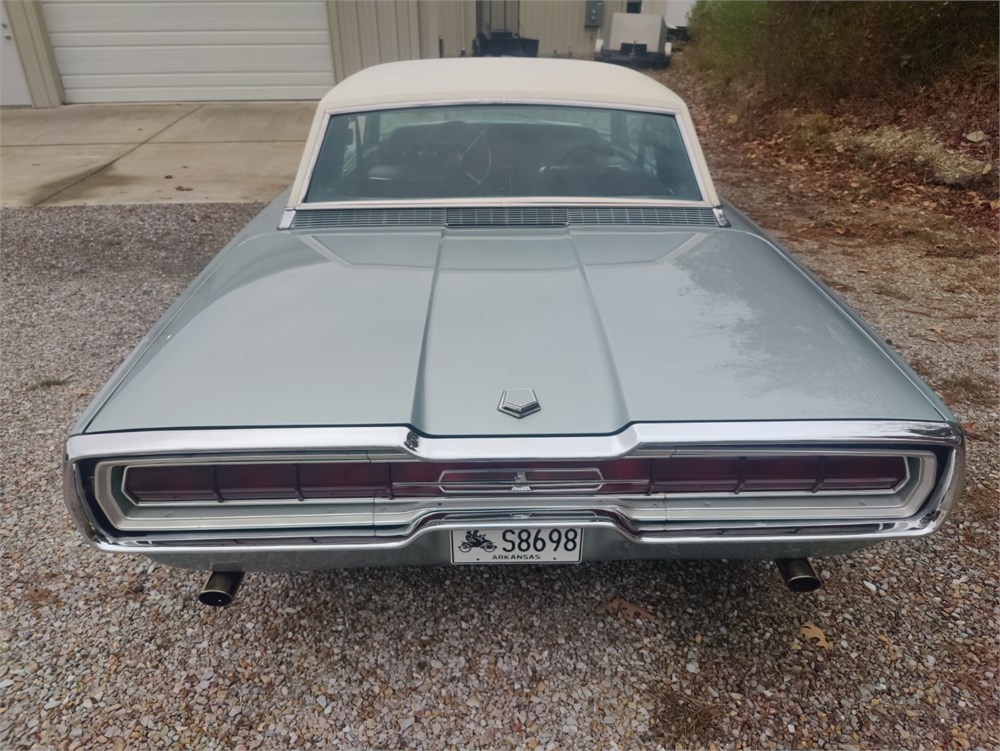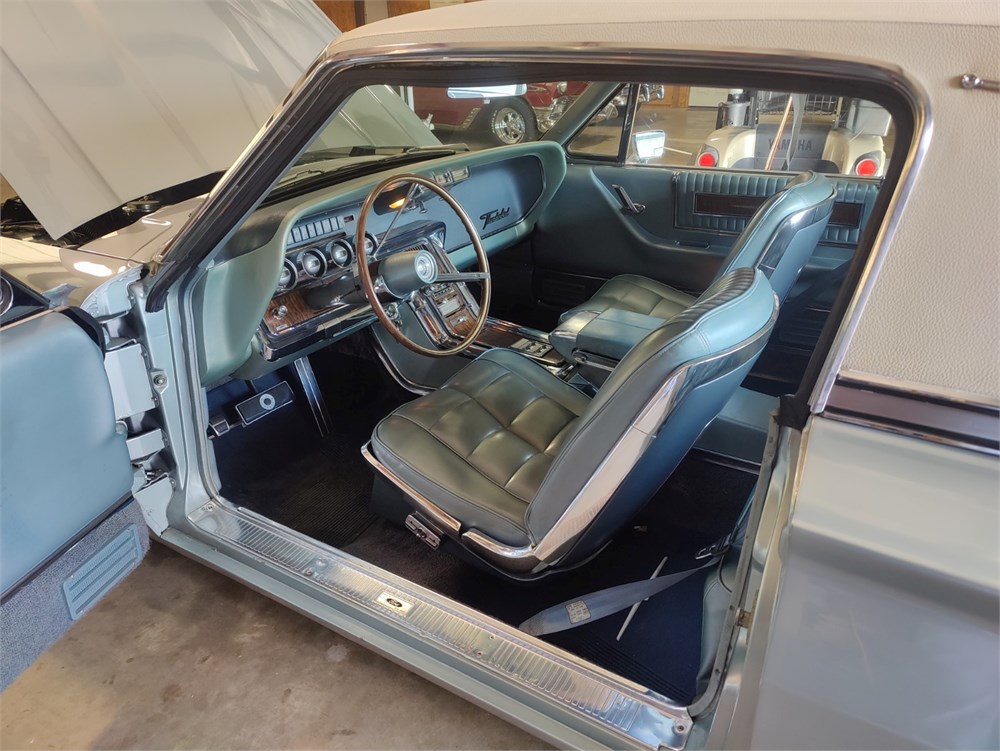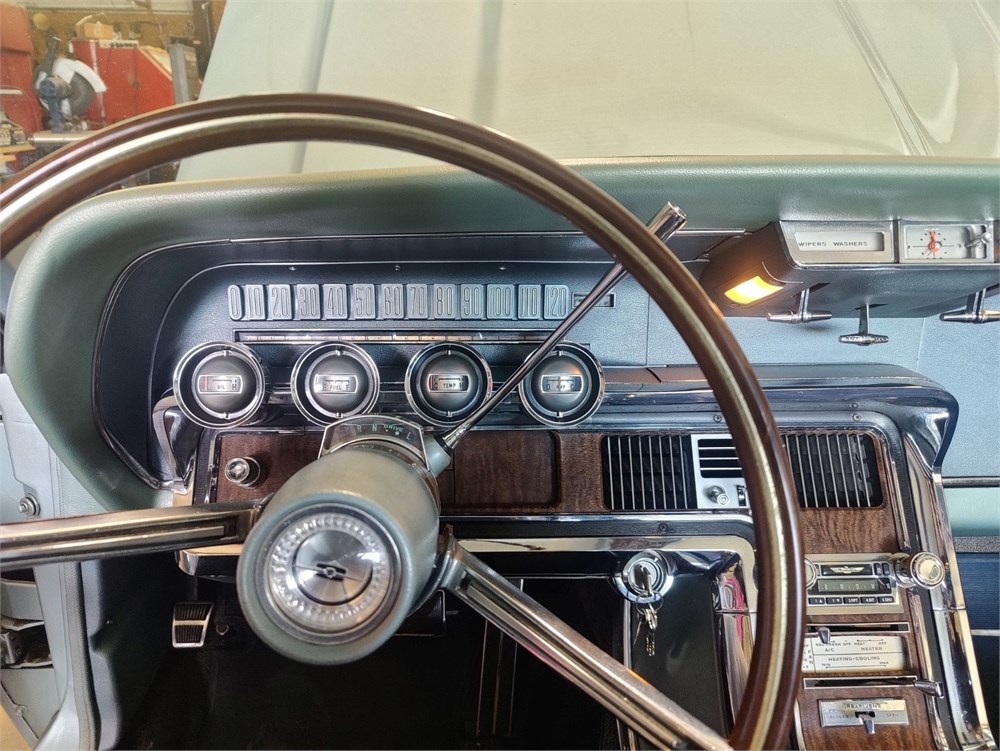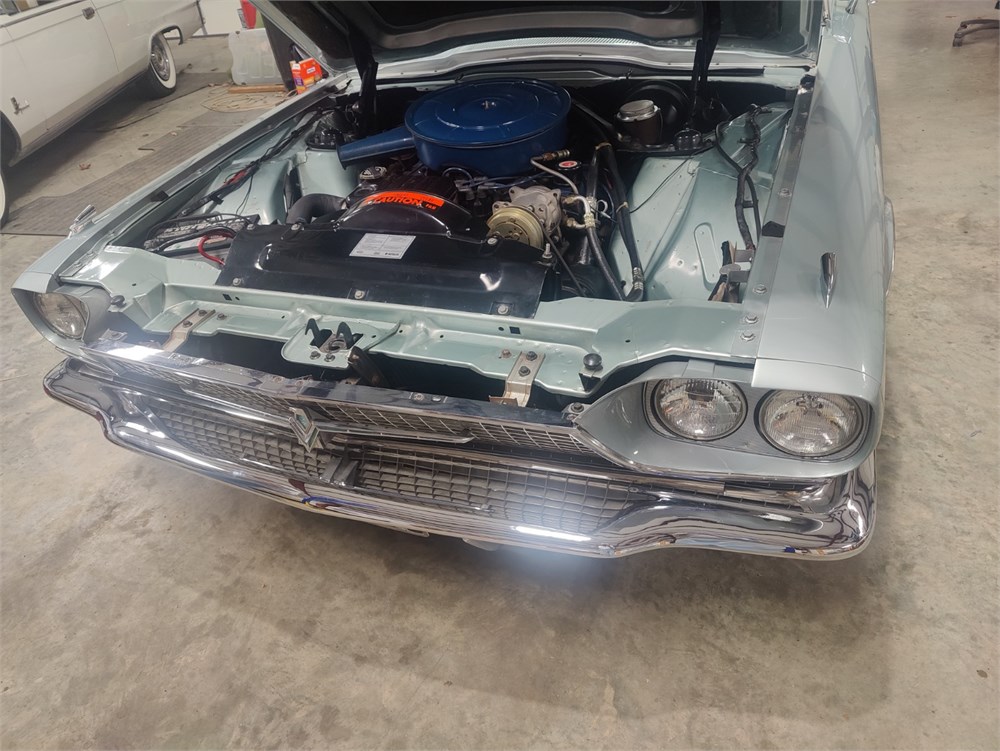Over the last few years in the collector car market the most popular, and the biggest price increases. have been in the Porsche market; more specifically with air-cooled models such as the 911 and the 912. Many of these car prices have more than doubled in the last 2 or so years and cars that were once affordable are now starting at around $50,000.
There is an alternative and that is the Porsche 914. It is true that prices for the 914 have also skyrocketed but only on certain models. You can still but a 1.8 liter 914 for what still seems a fair price. Yes, the 1.8-liter cars are the slowest 914 cars that Porsche built, but let’s get real here. No 914 powered by its stock air-cooled 4-cylinder engine is fast, and if you do want more power getting it is as easy as buying a larger displacement engine. In many ways that misses the point, as no matter what engine a 914 is powered by, it is possibly the most fun to drive classic Porsche you can buy. They handle amazingly well, have great steering and brakes, and always feel much faster than they are. The old adage that it is more fun to drive a slow car fast than a fast car slow may well have been used while talking about the 914 driving experience.
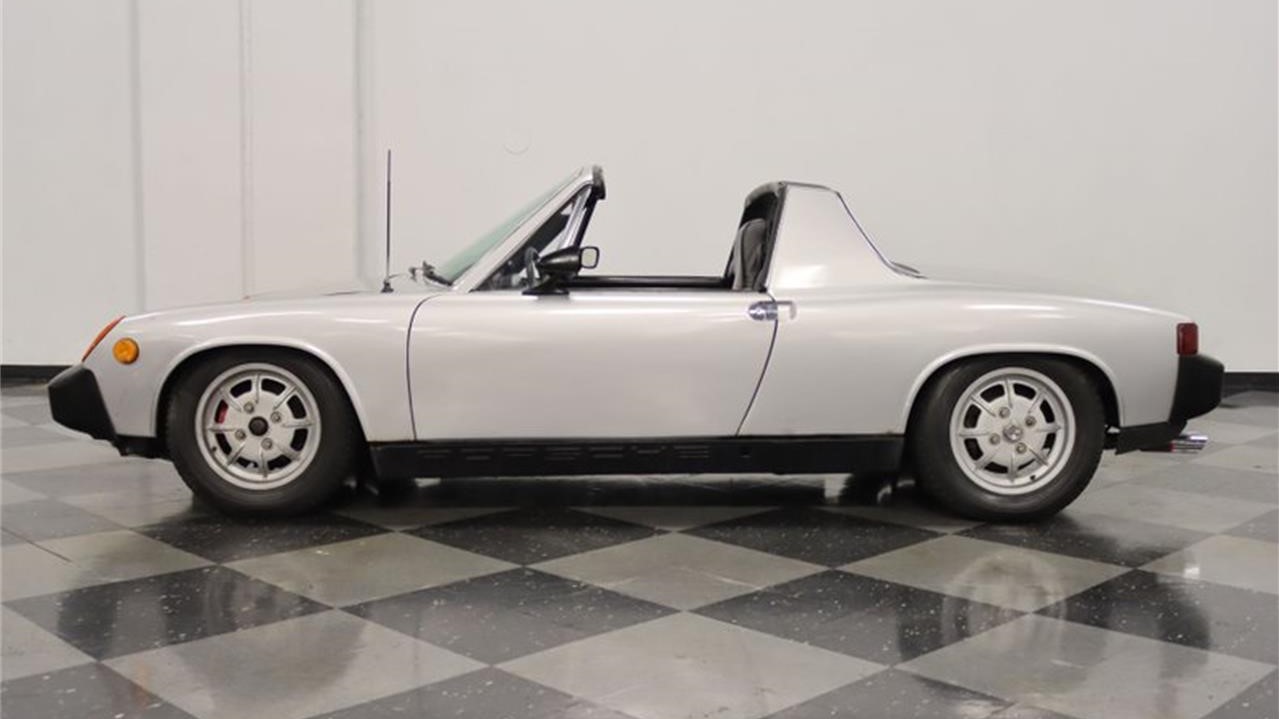
The Pick of the Day is one of these cars, a 1975 Porsche 914 1.8-liter car finished in Silver paint with a black with tartan inserts interior.
According to the Ft. Worth, Texas dealer offering this car, “the paint is an older respray that still shines up decently and is more than presentable. The other details such as the front and rear bumpers and the Targa roof show little evidence of UV damage or fading. In addition, all indicator lenses, stainless trim, and the original alloys all attest to the fact that someone has really cared for this Porsche.”
The interior is a great retro look with black vinyl seats with red tartan inserts. This was an option for these later edition 914 cars, and it looks great on this silver car.
Happily, this 914 is still equipped with its original Bosch L-Jetronic fuel-injection and not carbs. As a result, the car starts easily and idles smoothly. In addition, being a 1975 914 this car is equipped with the greatly improved ‘side-shifter’ 5-speed manual gearbox which makes shifting that much more smoot and easy.
The overall stock condition of this car is what makes it attractive to me. Over the years people have tried to make the 914 faster and was often done using various cheap bolt-on parts, which is less than ideal. Nice stock 914s are hard to find, so that makes this car a nice example.
The single biggest issue with the 914 is rust. Looking at the photos in this ad show a car with remarkably clean floorpans and no hint of any rust. I also like the aftermarket rocker trim and that this car is equipped with, and the optional center console with auxiliary gauges.
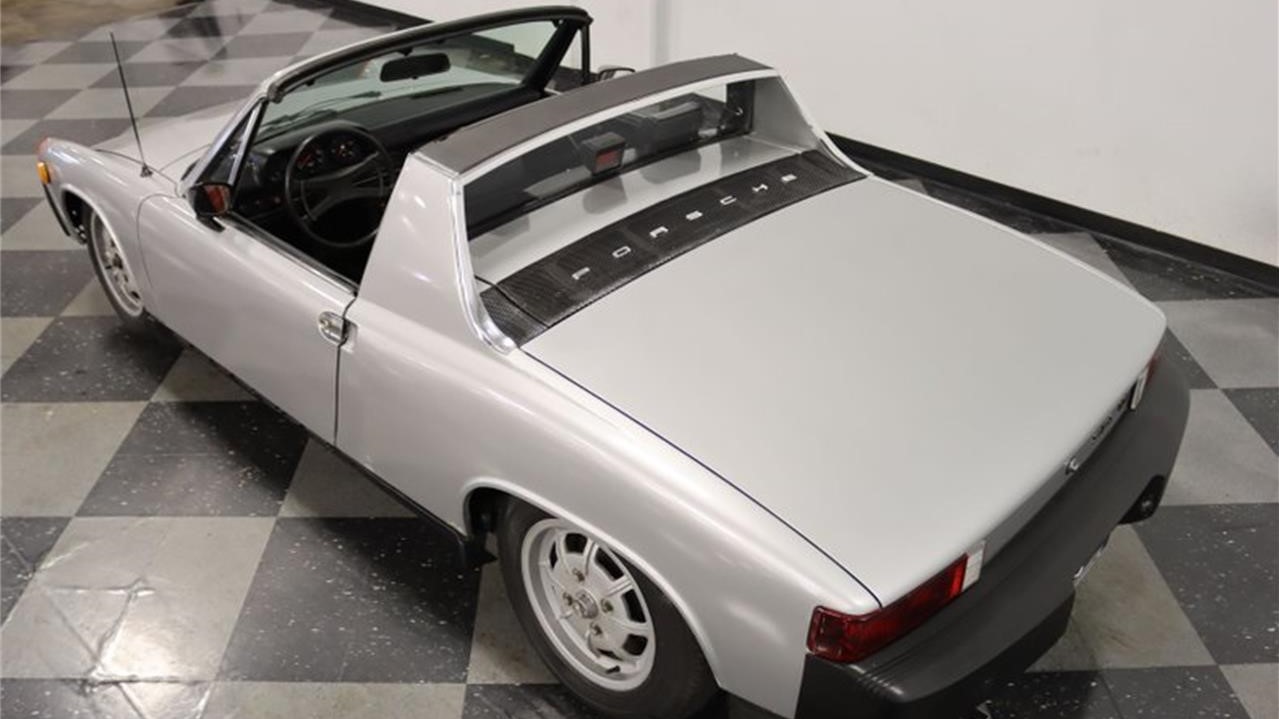
The asking price for this 914 is a very fair $18,995 and offers a lot of Porsche air-cooled goodness for a fair price.
To view this listing on ClassicCars.com, see Pick of the Day.


